 |
Amtrak's Crescent Central States |

jump to a
flag stop
- Philadelphia
- Charlottesville
- Lynchburg
- Greensboro
- High Point
- Salisbury
- Charlotte
- Gainesville
- Atlanta
- Anniston
- Birmingham
- Tuscaloosa
- Meridian
- Laurel
- Hattiesburg
- Picayune
- Slidell
- New Orleans

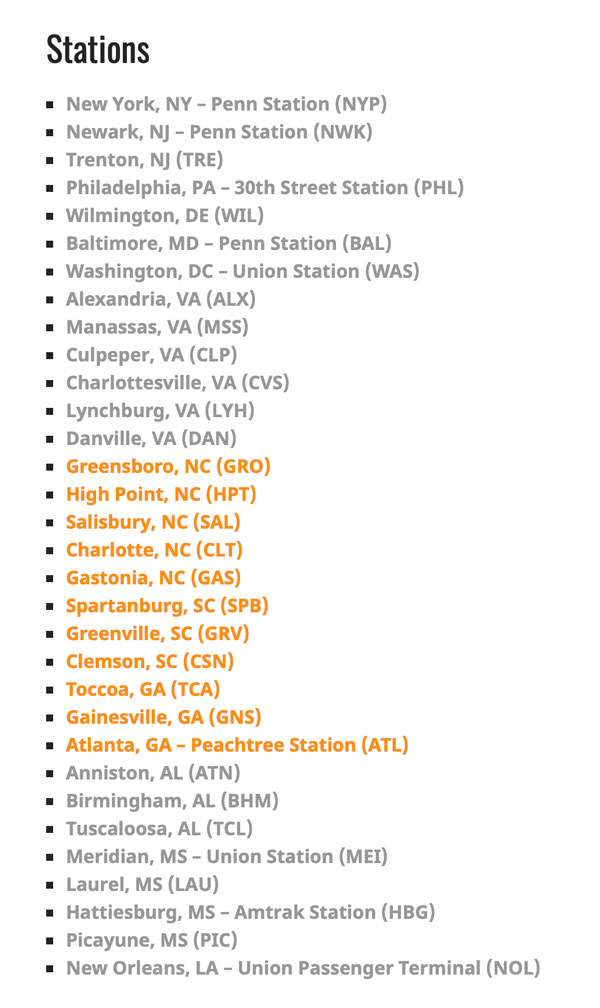
RWH

RWH
 Greensboro, NC
Greensboro, NC
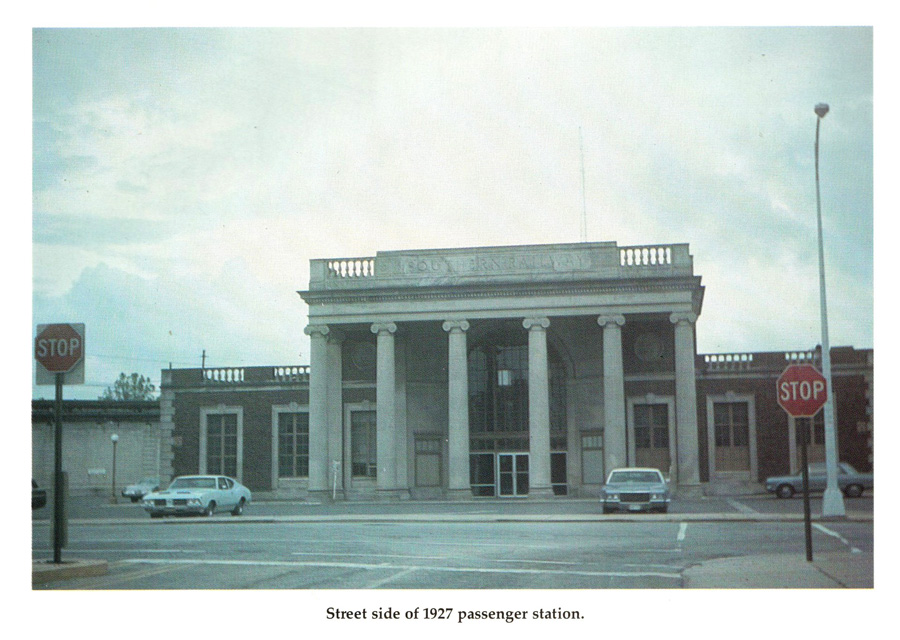
from Southern Railway Depots - Volume 1
- Ralph Ward / collection
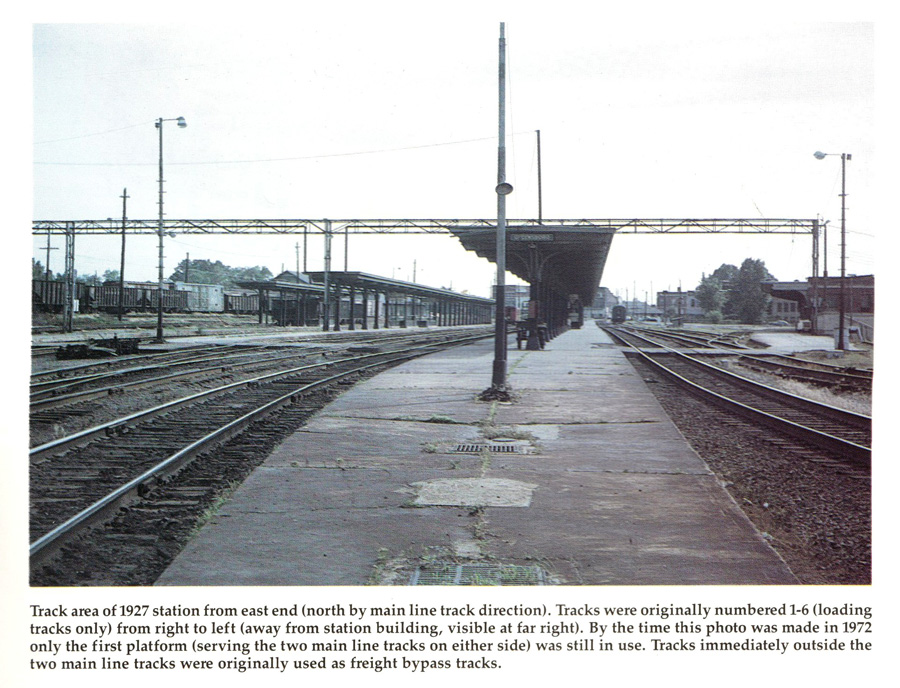
from Southern Railway Depots - Volume 1
- Ralph Ward / collection
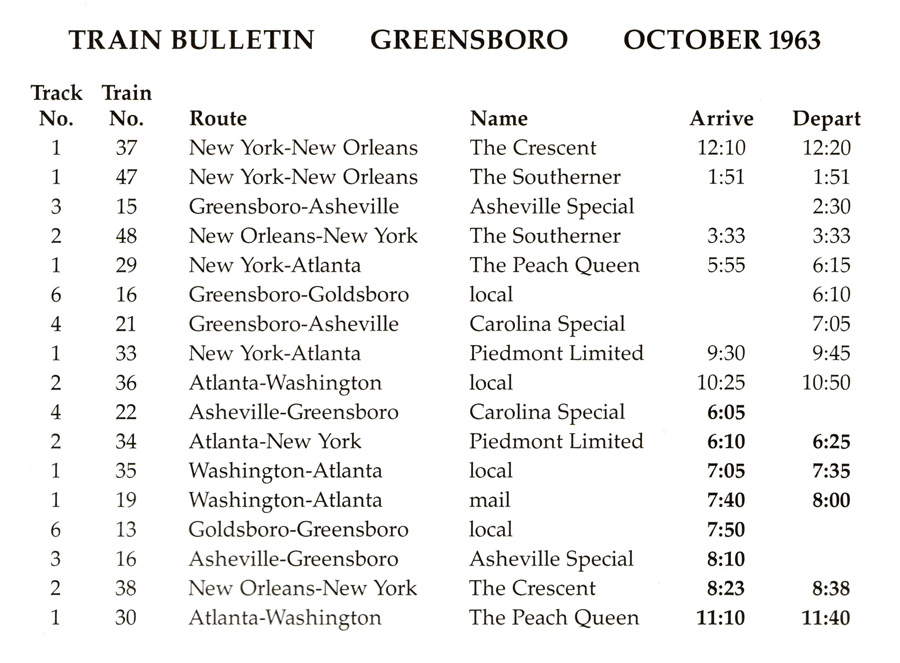
from Southern Railway Depots - Volume 1
- Ralph Ward / collection

Click to see the Greensboro Amtrak station plotted on a Google Maps page
 High Point, NC
High Point, NC
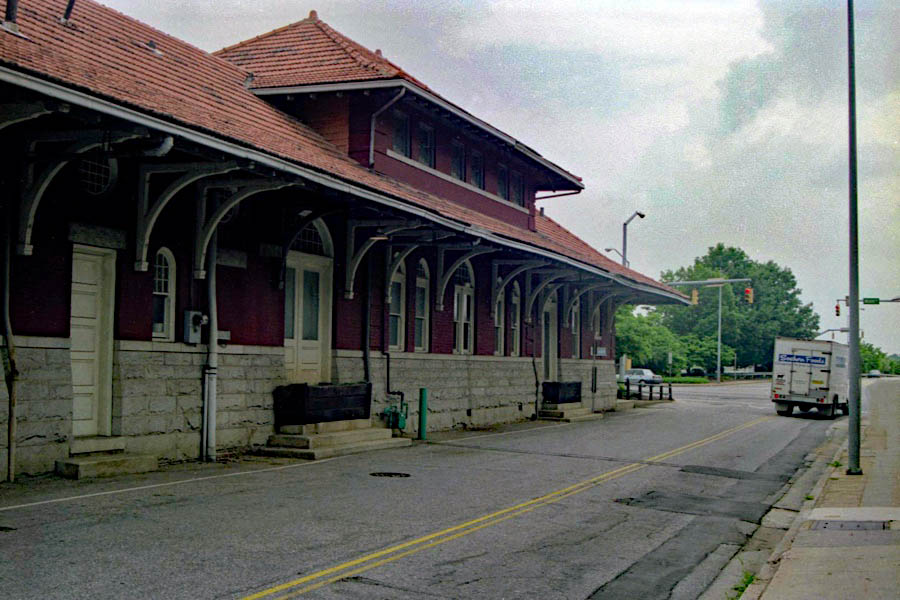
High Point, NC / Jun 1991 / JCH

Click to see the High Point station plotted on a Google Maps page

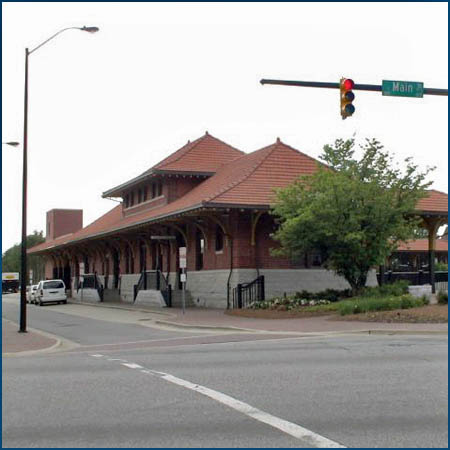 The High Point passenger depot is a brick and stone structure built in 1907 by the Southern Railway Company in the heart of downtown High Point. It was designed in the Richardson Romanesque architectural style, with a rusticated ashlar base and tiled hip roof.
The High Point passenger depot is a brick and stone structure built in 1907 by the Southern Railway Company in the heart of downtown High Point. It was designed in the Richardson Romanesque architectural style, with a rusticated ashlar base and tiled hip roof.
As in many cities, trains and street crossings began to impede growing automobile traffic. In the late 1930s, a city-state-federal project built a one-mile trench up to 35 feet deep through which the trains could travel. The retaining walls at the station included Moderne-detailed concrete. A walkway across the tracks and a passenger staircase to the platform at track level were constructed.
In the mid-1970s, Southern Railway leased the station to a restaurant and built a small green metal building at the rear of the station for passengers. Southern Railway (now Norfolk Southern) reached an agreement for Amtrak to take over passenger service in 1978, and Amtrak took over Southern’s passenger operations in 1979.
By 1990, the station and platform were in disrepair, dirty and the restaurant failing. The city government considered demolishing the station entirely. However, some High Point citizens made station restoration their cause. Three years later, the city government saw merit in the project and joined the North Carolina Department of Transportation in preparing a $3 million request for funds to restore and enhance the station.
High Point was located at the highest point of the 1856 NCRR between Charlotte and Goldsboro where it intersected the 1852 Great Western Plank Road. Its central location and transportation allowed for the delivery of raw materials like cotton and lumber and processed goods in and out of the city and contributed to its early growth. High Point was incorporated in 1859. Before it became a major manufacturing center, the most important industries were tobacco, woodworking and textiles. The first of many High Point furniture factories was opened in 1889.
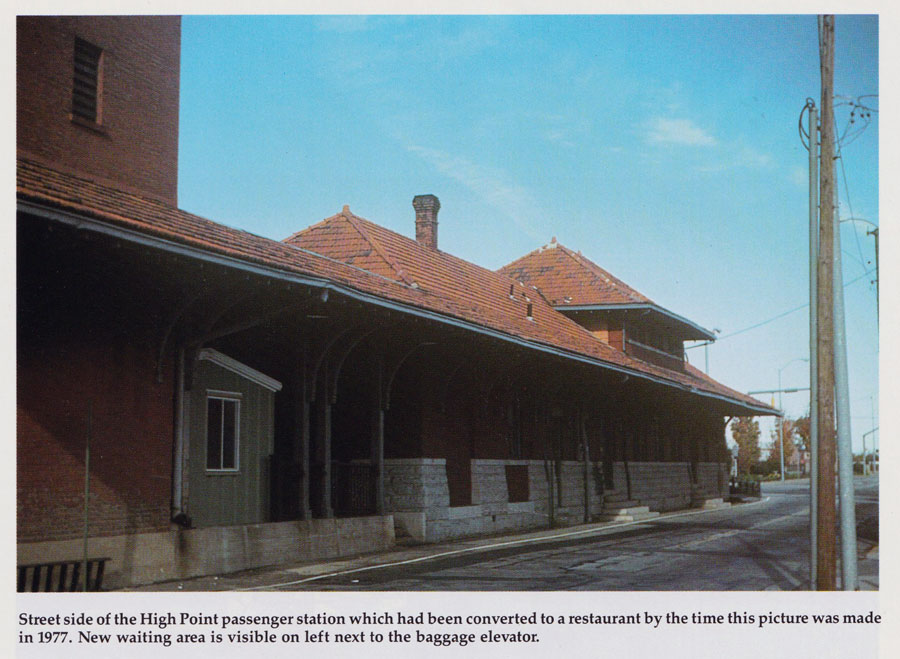
from Southern Railway Depots - Volume 1
- Ralph Ward / collection
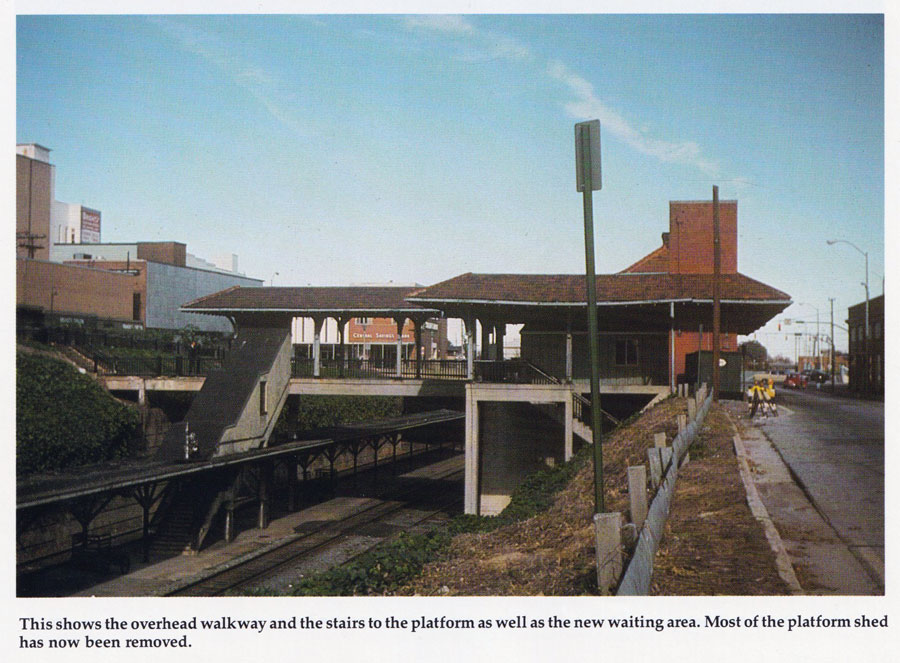
from Southern Railway Depots - Volume 1
- Ralph Ward / collection
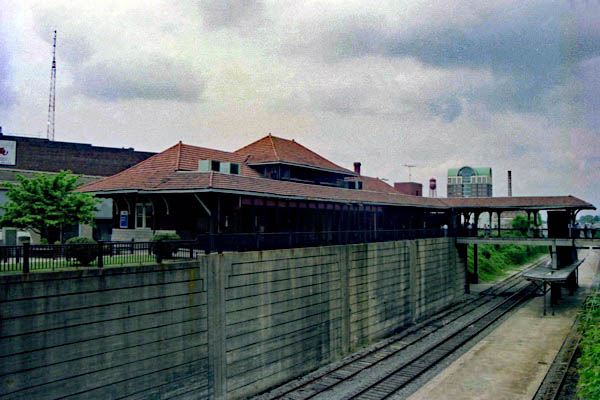
High Point, NC / Jun 1991 / JCH
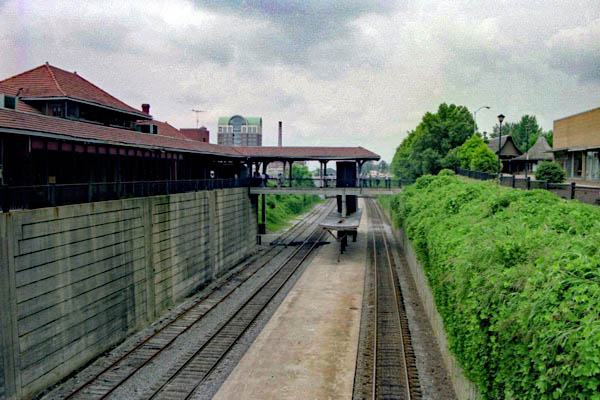
High Point, NC / Jun 1991 / JCH
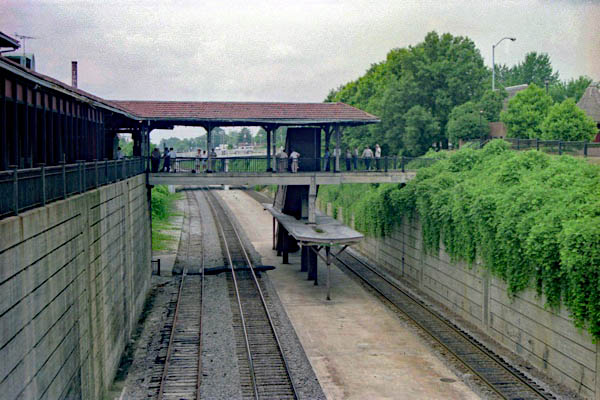
High Point, NC / Jun 1991 / JCH
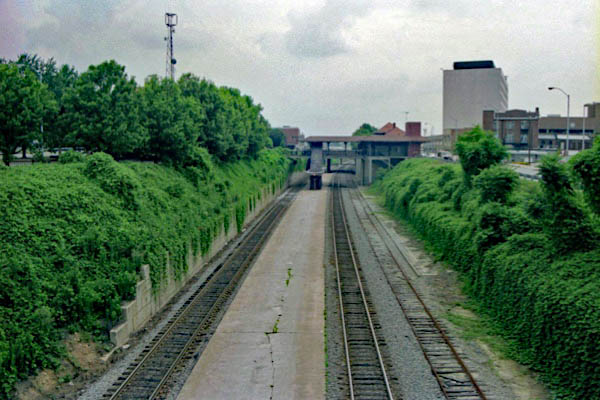
High Point, NC / Jun 1991 / JCH
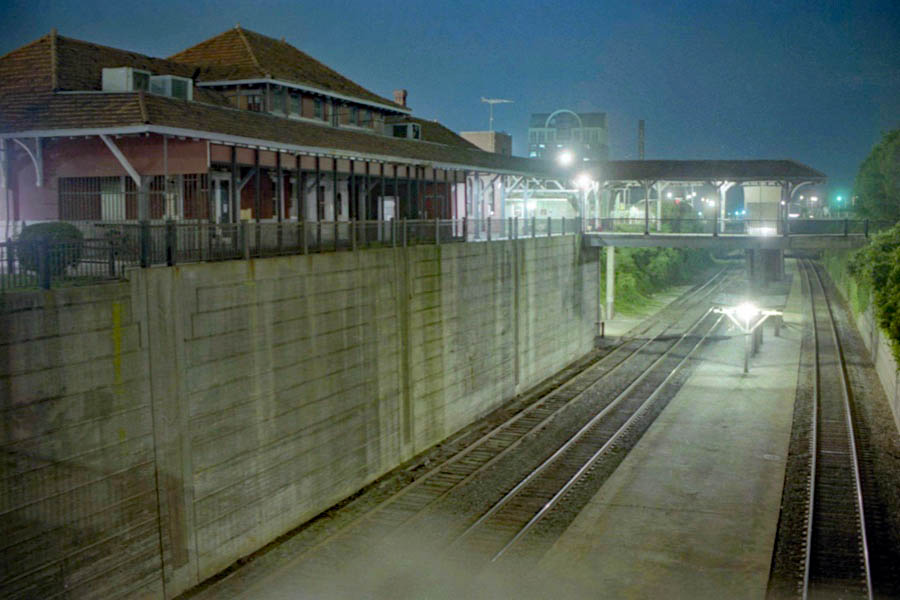
High Point, NC / Jun 1991 / JCH
 Salisbury
Salisbury
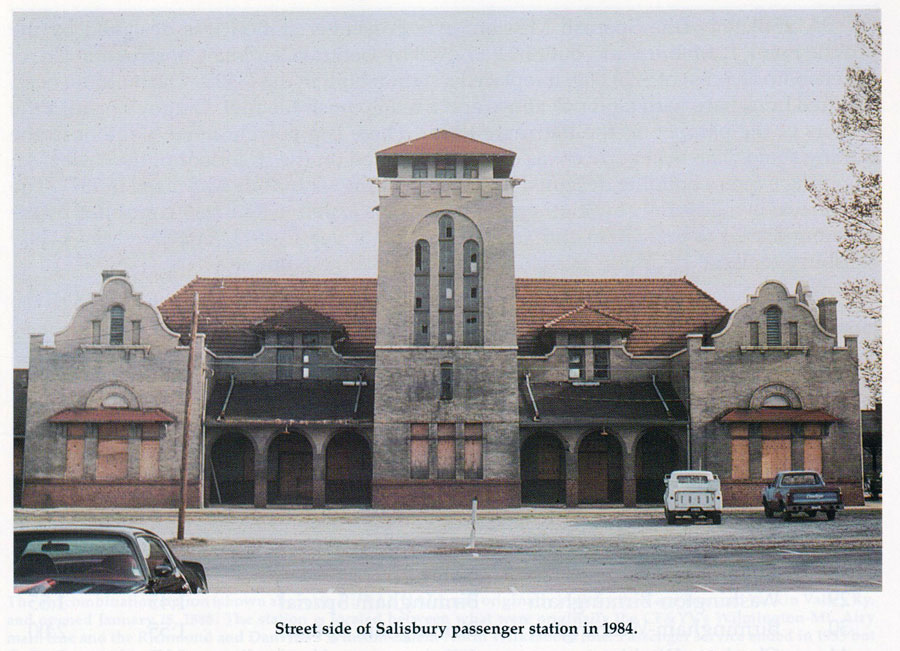
from Southern Railway Depots - Volume 1
- Ralph Ward / collection
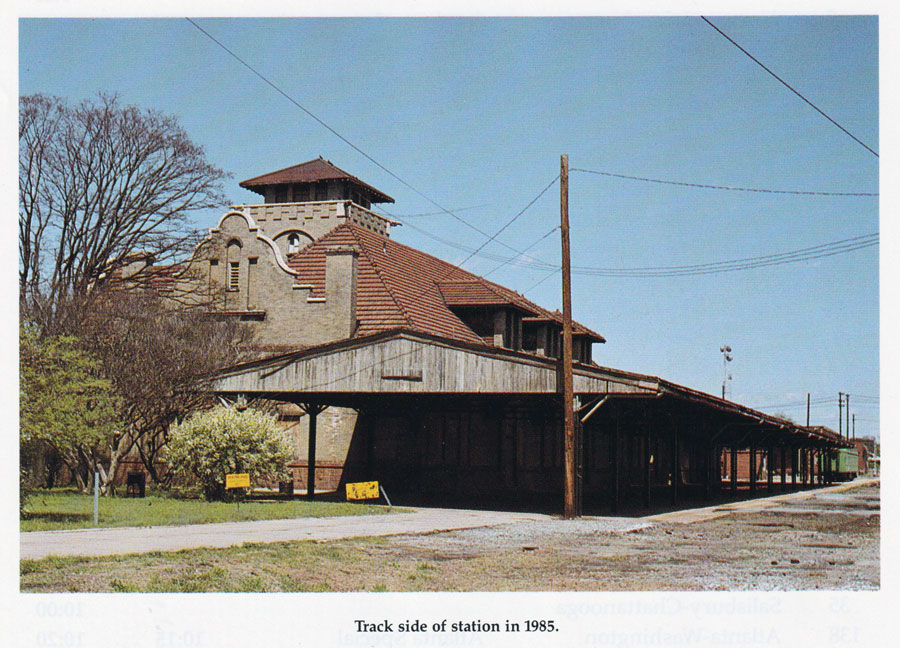
from Southern Railway Depots - Volume 1
- Ralph Ward / collection

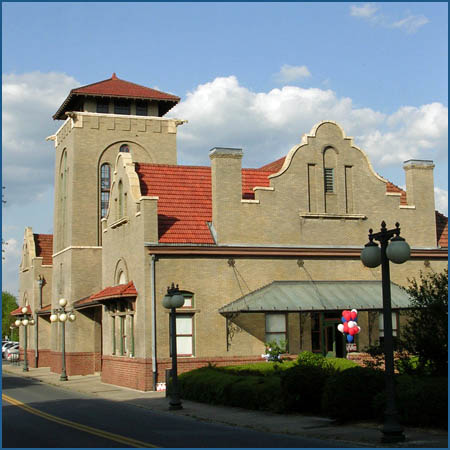 The brick and ceramic tile Salisbury station was designed by Frank P. Milburn for Southern Railway in the Spanish Mission style. It opened in 1908, becoming one of North Carolina’s gateways to its Piedmont region. The stop was originally on the main-line between Washington, D.C. and Atlanta, Ga.; at it height of its use in 1911, as many as 44 trains per day passed through.
The brick and ceramic tile Salisbury station was designed by Frank P. Milburn for Southern Railway in the Spanish Mission style. It opened in 1908, becoming one of North Carolina’s gateways to its Piedmont region. The stop was originally on the main-line between Washington, D.C. and Atlanta, Ga.; at it height of its use in 1911, as many as 44 trains per day passed through.
The Salisbury passenger station was added to the National Register of Historic Places in 1976. The building spans two city blocks and includes a two-course water table dividing the dark red brick base and tan brick body on the building, Spanish tile roof, and a dominating central three and one-half-story tower ornamented by projecting gargoyles.
Founded in 1753 in Rowan County, Salisbury is one of North Carolina’s oldest cities. Daniel Boone’s father, Squire Boone, was one of the first justices appointed in the county, and young Daniel hunted and fished on the Yadkin River years before making his reputation as a wilderness pathfinder. A marker on the Salisbury Square identifies the beginning of the famous Boone Trail. Andrew Jackson, who eventually became the seventh president of the United States, also lived for a while in Salisbury, where he started his law career before moving to Tennessee.
By 1855, Salisbury had become an important rail junction, connecting the Piedmont to eastern North Carolina. It is during this period that many of the beautiful structures in the town were built. Sadly, Salisbury is most often remembered as the site of a very large Confederate military prison during the Civil War where, due to blockades of food and medicine during the latter part of the war, thousands of prisoners died of disease and starvation. However, the citizens of the town were not insensible to their conditions, and provided what charity they could, though they were far outnumbered by the prisoners. After surrender in 1865, the many thousands incarcerated were released, and the prison burned. Though many graves were moved, it is estimated that about 5,000 Union soldiers still lie in unmarked graves in the beautifully maintained historic Salisbury National Cemetery.
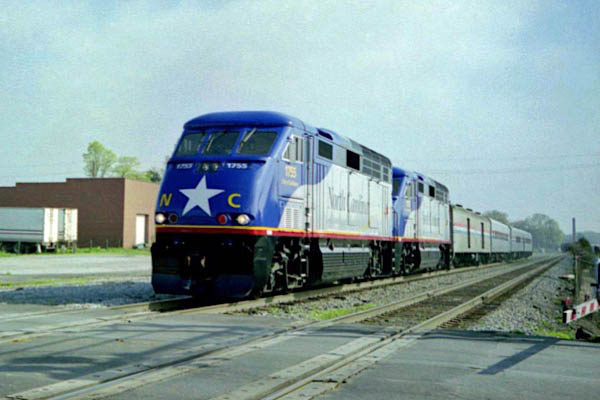
Salisbury, NC / Apr 1999 / JCH
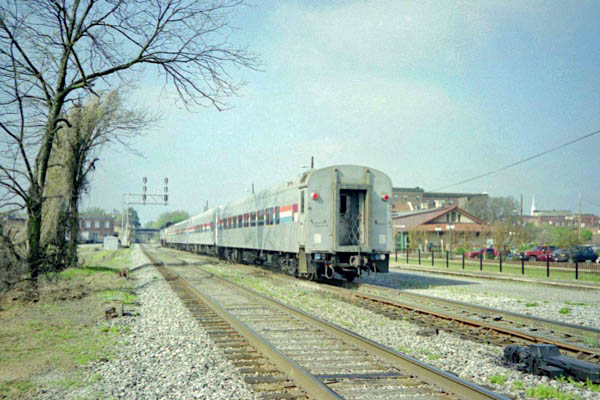
Salisbury, NC / Apr 1999 / JCH
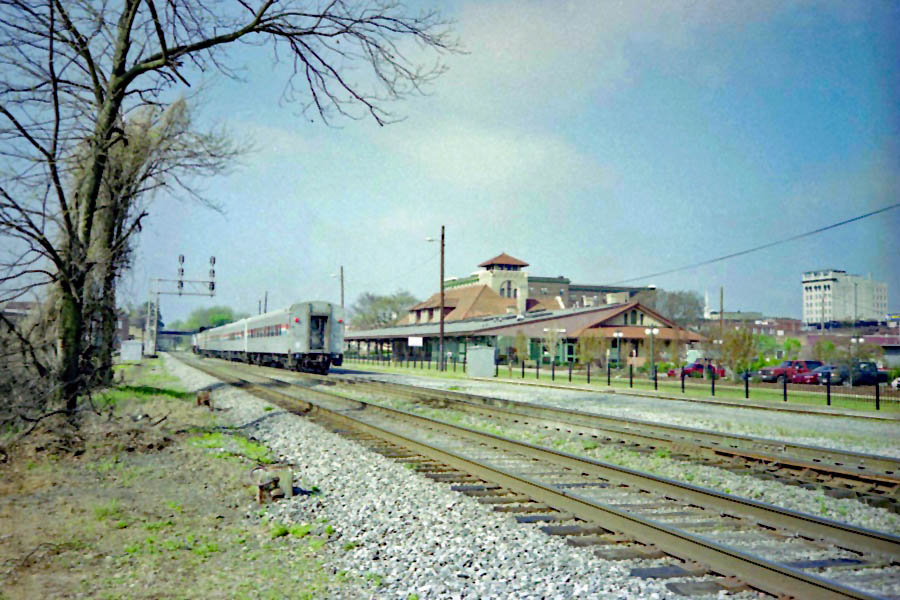
Salisbury, NC / Apr 1999 / JCH

Click to see the Salisbury station plotted on a Google Maps page
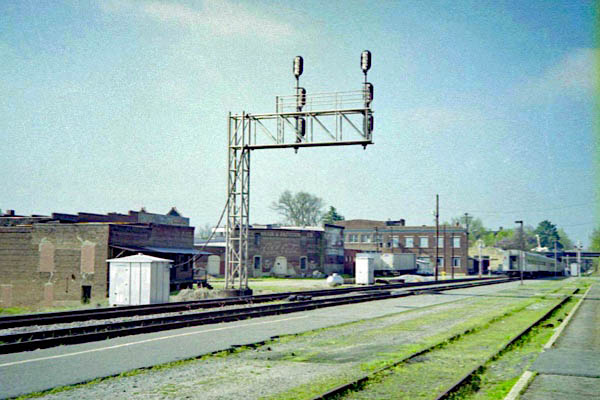
Salisbury, NC / Apr 1999 / JCH
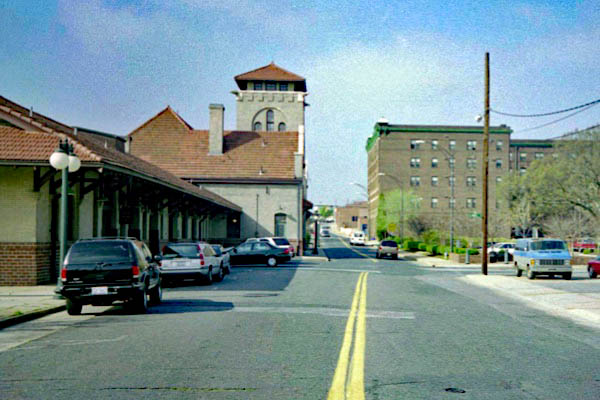
Salisbury, NC / Apr 1999 / JCH
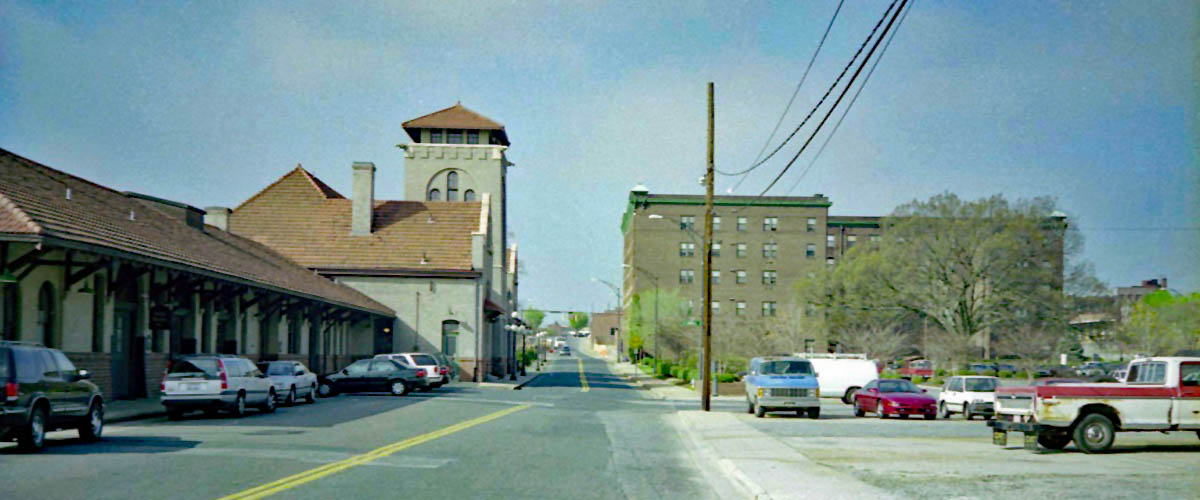
Salisbury, NC / Apr 1999 / JCH

See also our nearby North Carolina Transportation Museum scrapbook in Preservation
 Charlotte, NC
Charlotte, NC
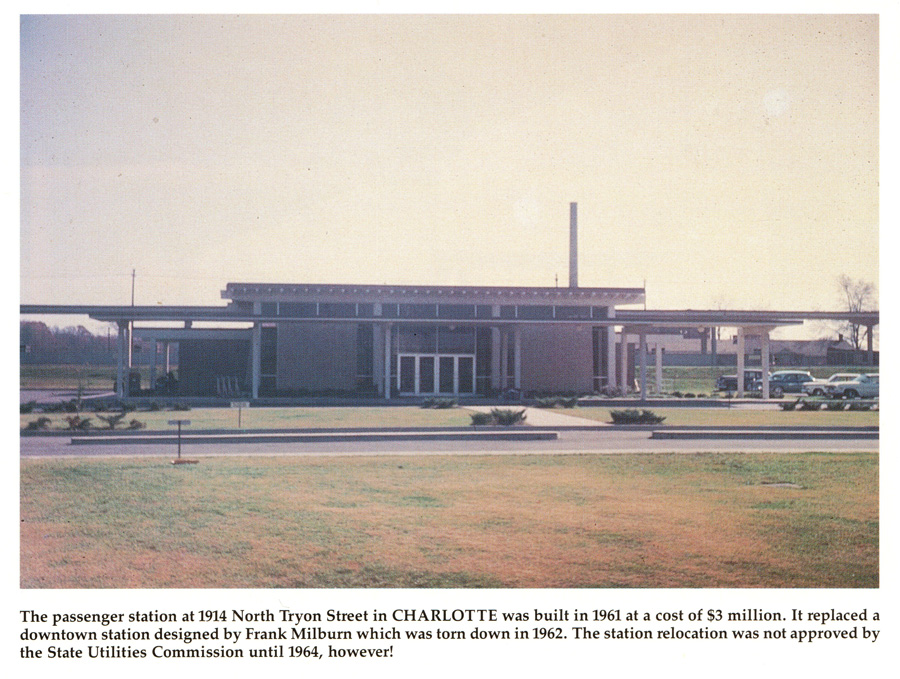
from Southern Railway Depots - Volume 1
- Ralph Ward / collection
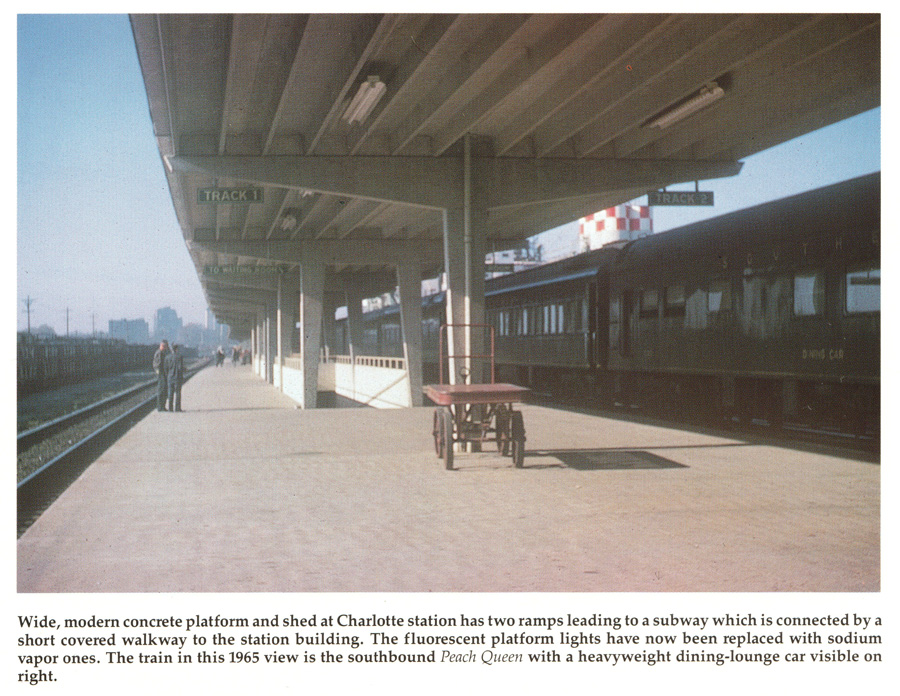
from Southern Railway Depots - Volume 1
- Ralph Ward / collection
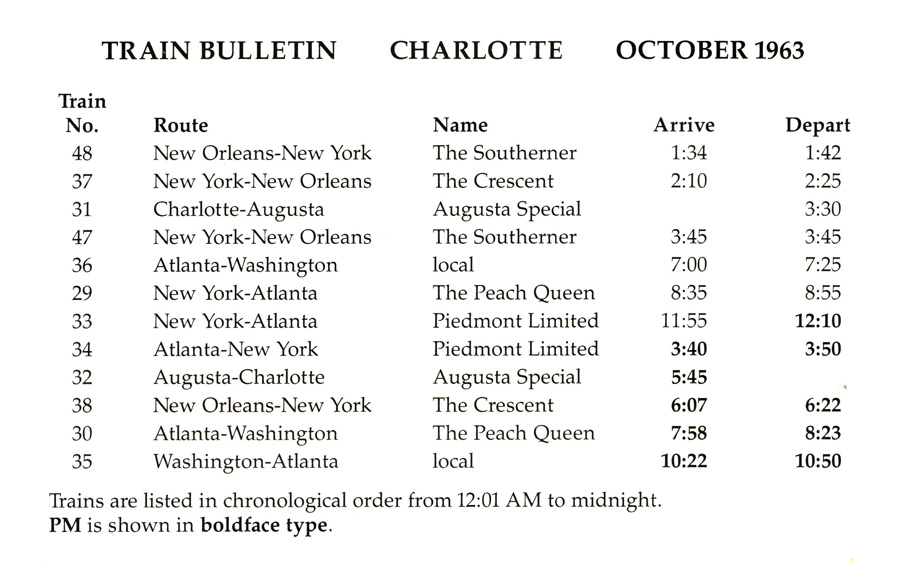
from Southern Railway Depots - Volume 1
- Ralph Ward / collection

Click to see the Charlotte Amtrak station plotted on a Google Maps page
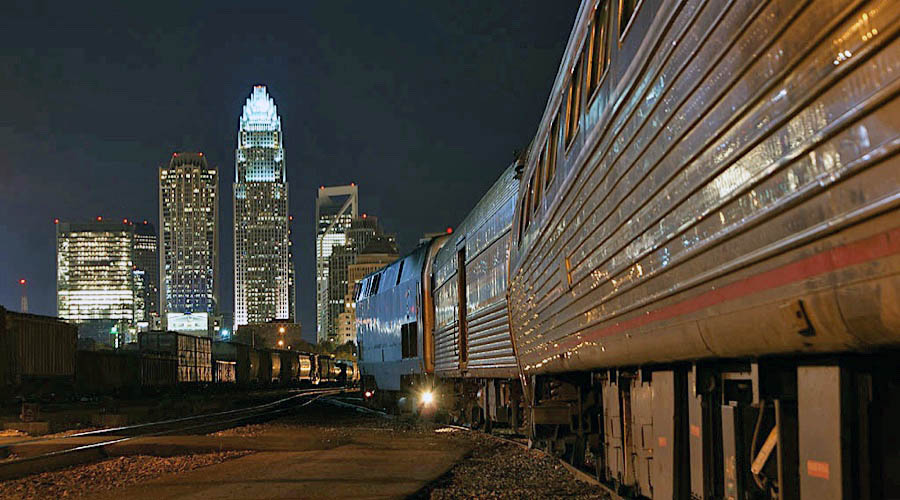
Charlotte, NC / Nov 2010 / Garland Harper
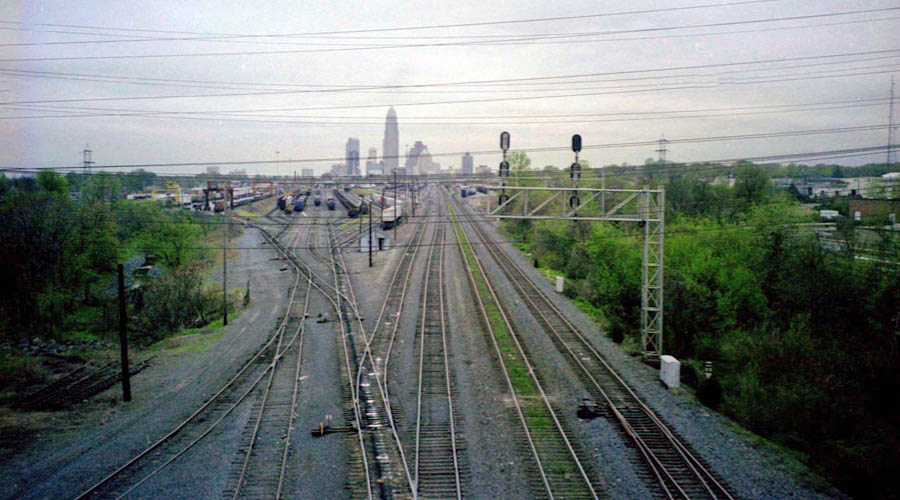
Charlotte, NC / Apr 1999 / JCH
 Gainesville, Ga
Gainesville, Ga
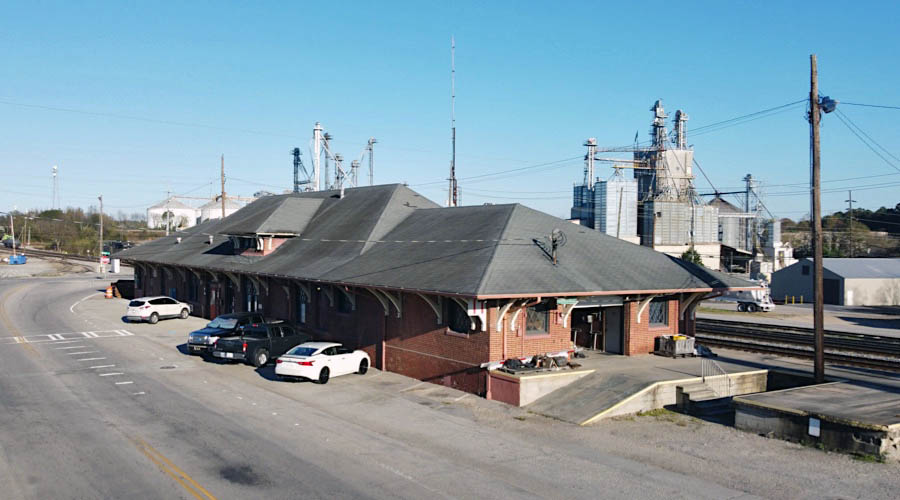
Gainesville, Ga / Nov 2020 / RWH

The red brick Gainesville depot was built by the Southern Railway (SR) in 1910. It replaced an earlier SR depot that was severely damaged by a tornado in 1903. Norfolk Southern, which owns the station, has made some improvements, with a new roof and electrical maintenance. Most of the building is used for railroad offices, with some space reserved for a passenger waiting area. There is also a Gainesville Midland Railroad depot, erected circa 1914, in town; it has been restored to serve as the Smithgall Arts Center.
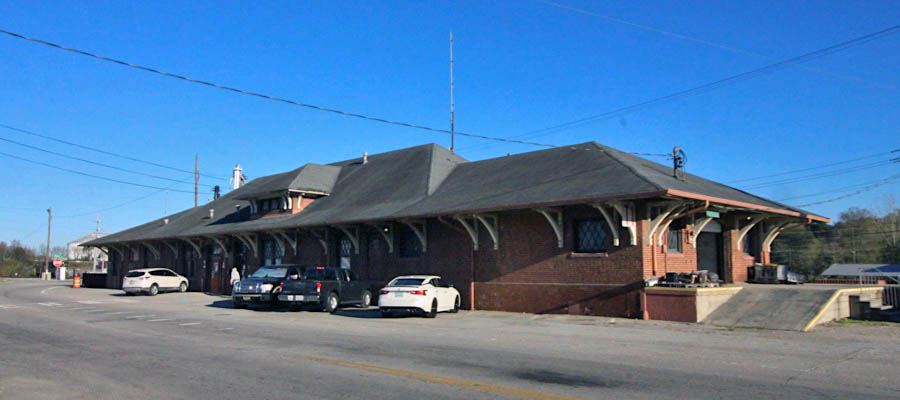
Gainesville, Ga / Nov 2020 / RWH
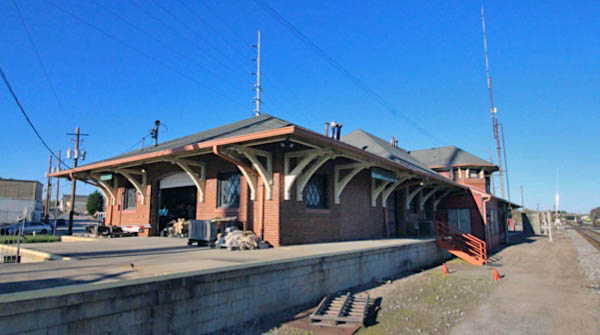
Gainesville, Ga / Nov 2020 / RWH
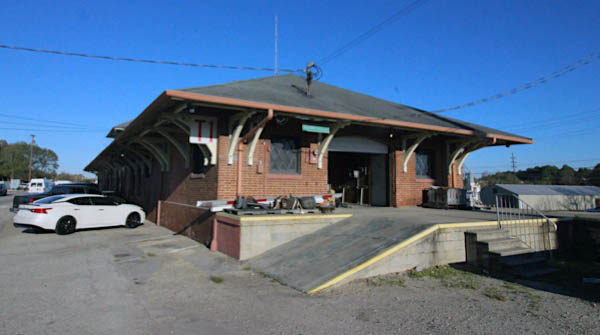
Gainesville, Ga / Nov 2020 / RWH
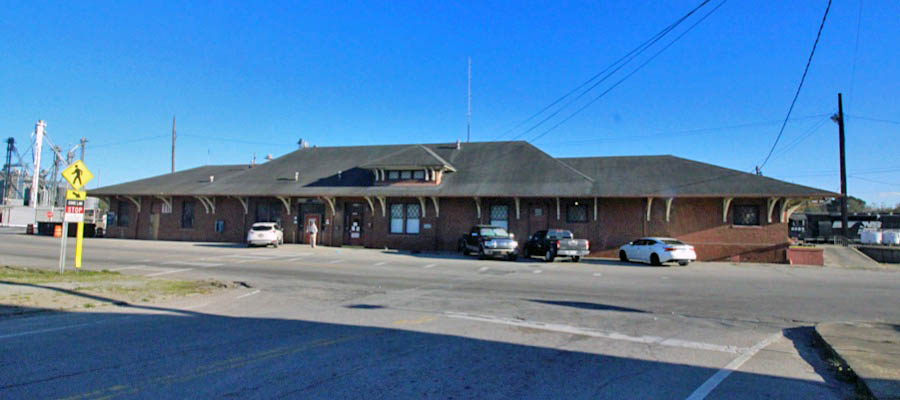
Gainesville, Ga / Nov 2020 / RWH
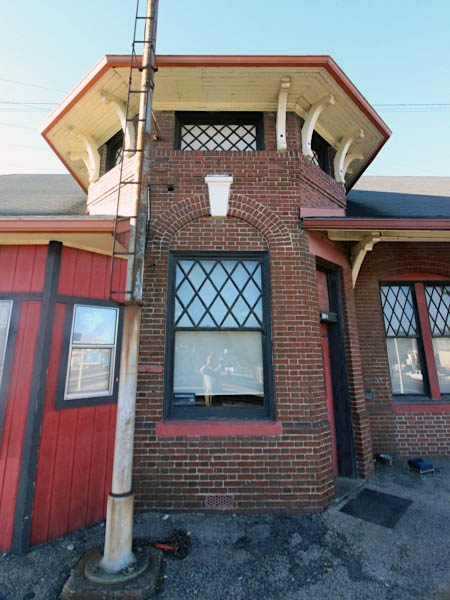
Nov 2020 / RWH
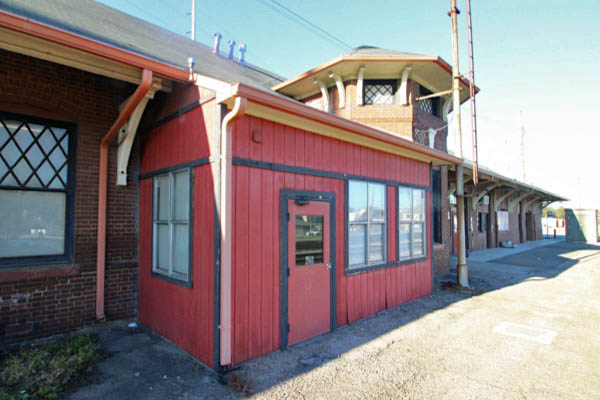
Nov 2020 / RWH
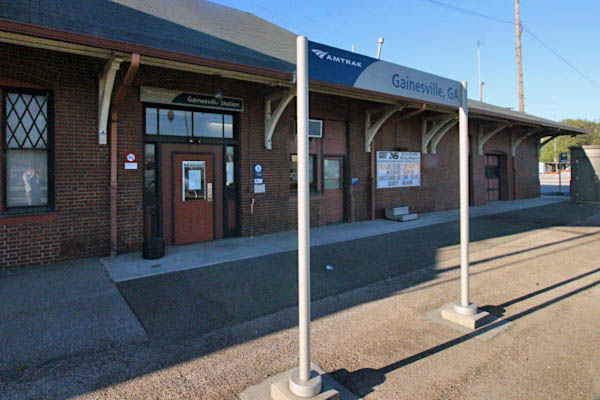
Nov 2020 / RWH

Click to see the Gainesville station plotted on a Google Maps page
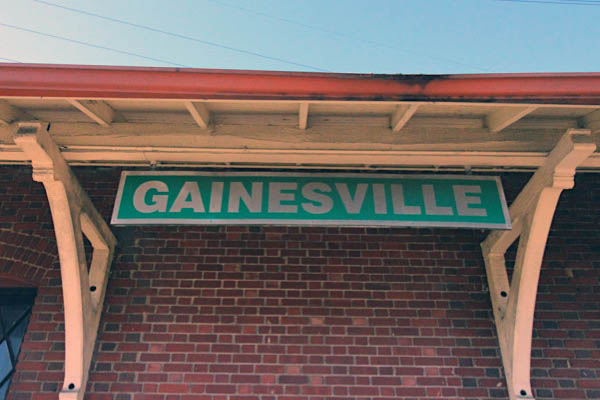
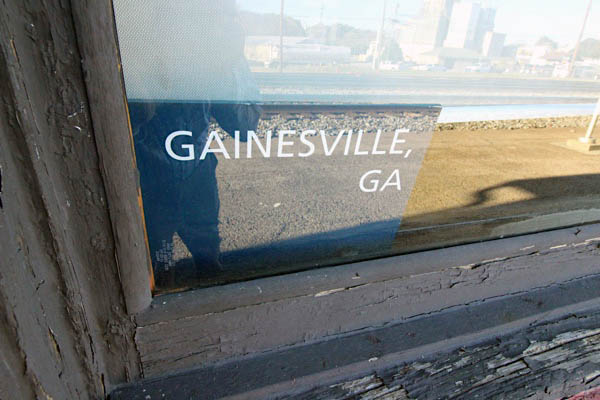
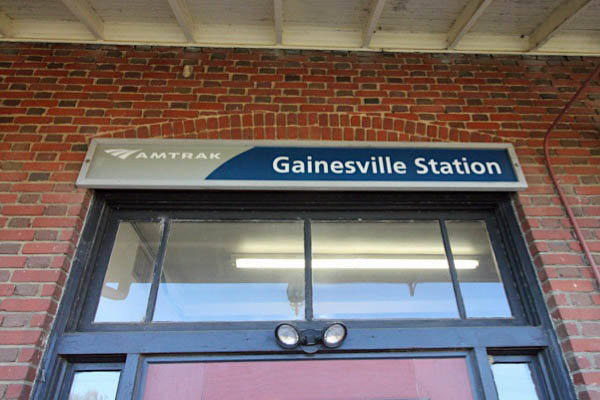

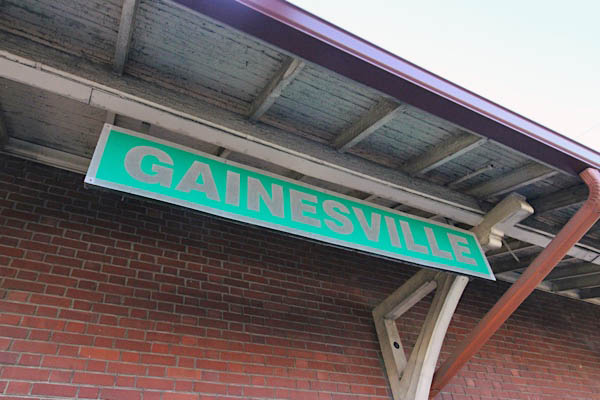
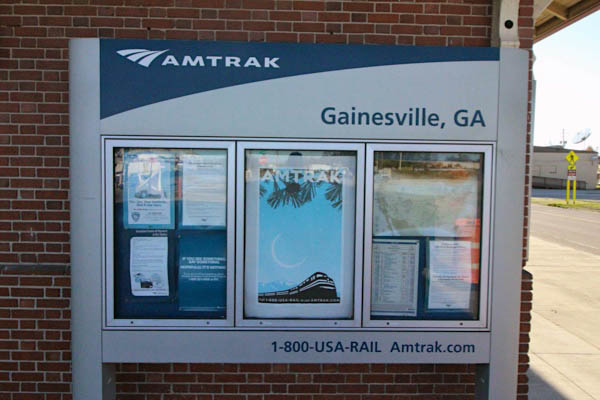
Nov 2020 / RWH
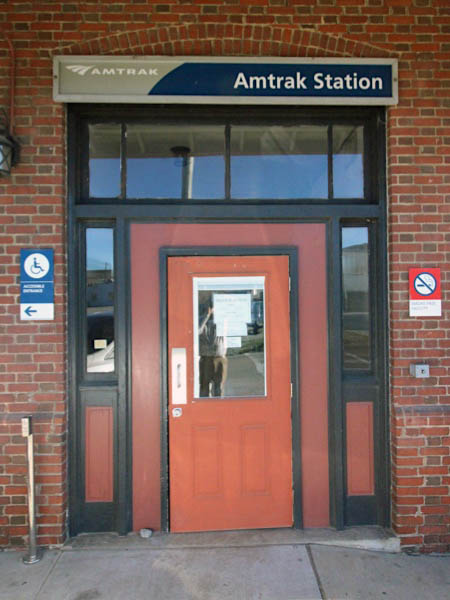
Nov 2020 / RWH
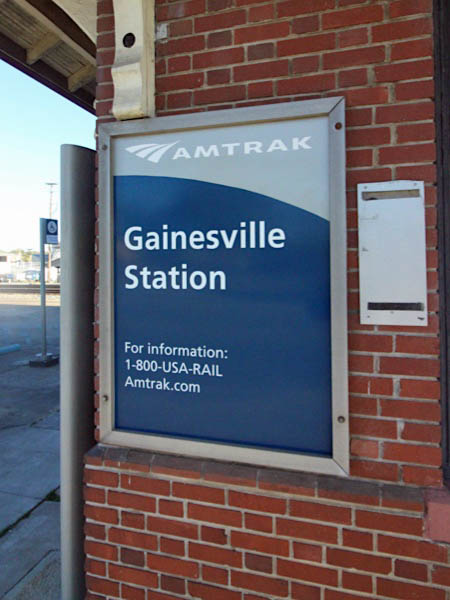
Nov 2020 / RWH

 When it comes to location, the City of Gainesville is second to none. Located in the foothills of the Blue Ridge Mountains, the 19th-largest city in the state is surrounded on three sides by Lake Sidney Lanier. Gainesville is small enough to know your neighbor, yet large enough to offer the services and cultural experiences of a much larger city. Gainesville will be 200 years old Nov. 30, 2021.
Gainesville, county seat of Hall County, is located in Northeast Georgia, approximately 50 miles northeast of Atlanta and 100 miles southwest of Greenville, South Carolina. Gainesville is the largest of six cities in Hall County with a population of more than 42,000. As the business hub for Northeast Georgia, Gainesville's daytime population is estimated in excess of 100,000.
When it comes to location, the City of Gainesville is second to none. Located in the foothills of the Blue Ridge Mountains, the 19th-largest city in the state is surrounded on three sides by Lake Sidney Lanier. Gainesville is small enough to know your neighbor, yet large enough to offer the services and cultural experiences of a much larger city. Gainesville will be 200 years old Nov. 30, 2021.
Gainesville, county seat of Hall County, is located in Northeast Georgia, approximately 50 miles northeast of Atlanta and 100 miles southwest of Greenville, South Carolina. Gainesville is the largest of six cities in Hall County with a population of more than 42,000. As the business hub for Northeast Georgia, Gainesville's daytime population is estimated in excess of 100,000.
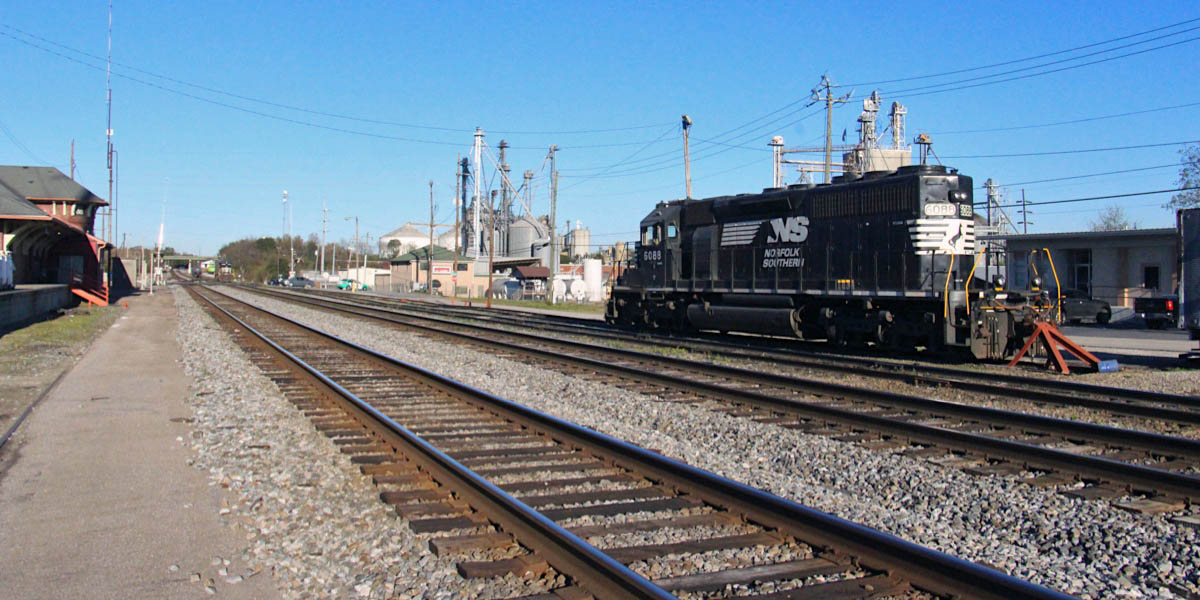
Gainesville, Ga / Nov 2020 / RWH
 Atlanta, Ga
Atlanta, Ga
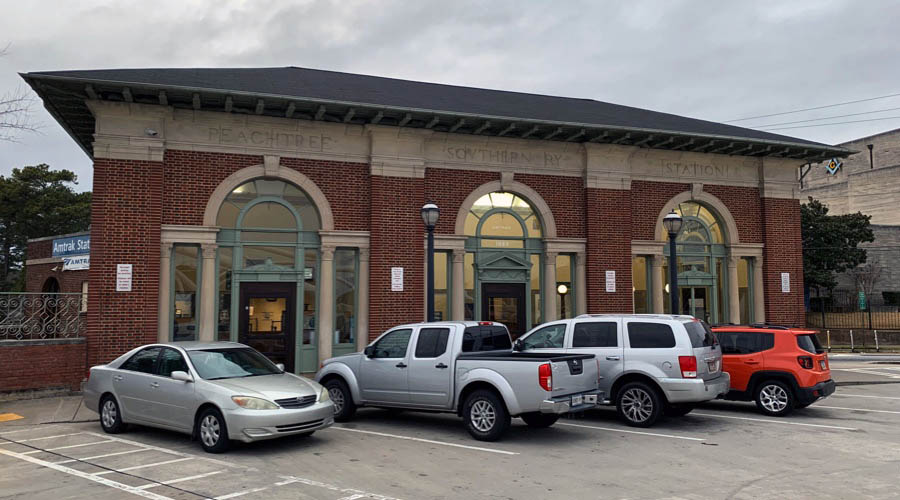
Peachtree Station
Atlanta, Ga / Dec 2019 / RWH

Click to see the Peachtree Station plotted on a Google Maps page
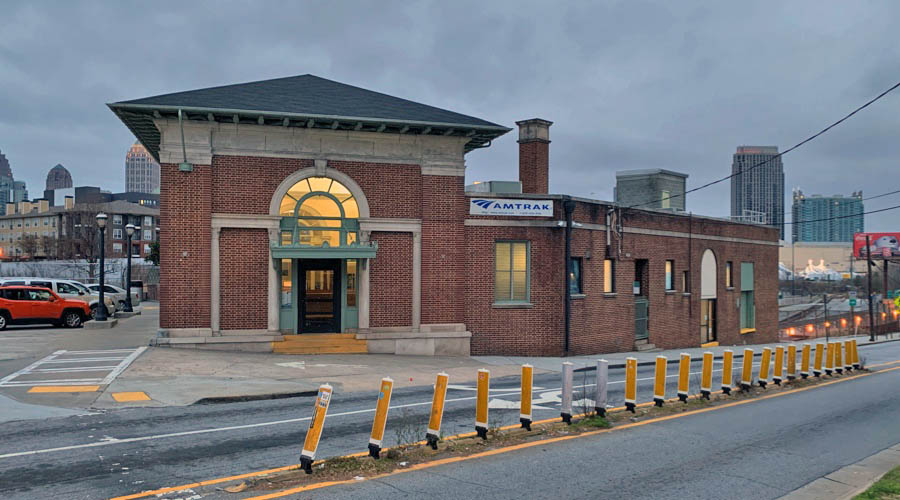
Atlanta, Ga / Dec 2019 / RWH
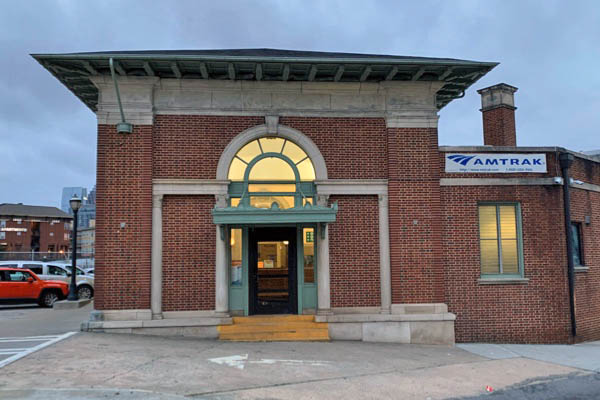
Atlanta, Ga / Dec 2019 / RWH
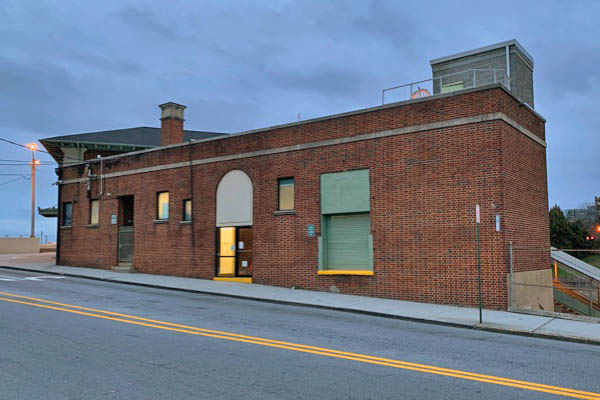
Atlanta, Ga / Dec 2019 / RWH
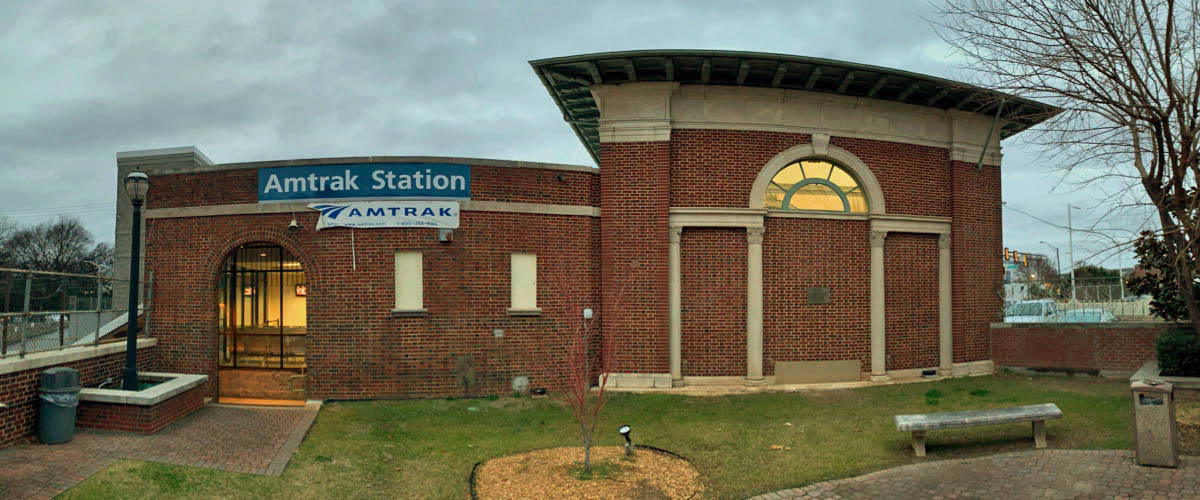
Atlanta, Ga / Dec 2019 / RWH

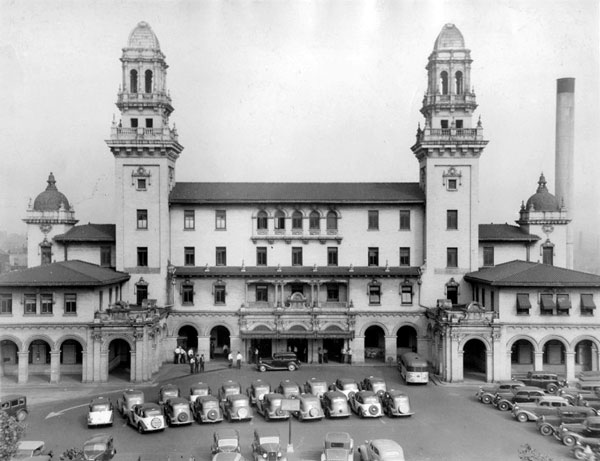 The Atlanta Terminal Co., which owned Terminal Station, was incorporated in 1903. Te r m i n a l Station itself was completed in 1905. The architect was P. Thornton Marye. It was built by Gude and Walker at a cost of $1.6 million. The original train shed was replaced by platform sheds in 1925. Located on Spring Street, the station was used not only by Southern but also Seaboard Air Line, Central of Georgia (which later became part of the Southern system), and the West Point Route (Atlanta and West Point).
The Atlanta Terminal Co., which owned Terminal Station, was incorporated in 1903. Te r m i n a l Station itself was completed in 1905. The architect was P. Thornton Marye. It was built by Gude and Walker at a cost of $1.6 million. The original train shed was replaced by platform sheds in 1925. Located on Spring Street, the station was used not only by Southern but also Seaboard Air Line, Central of Georgia (which later became part of the Southern system), and the West Point Route (Atlanta and West Point).
The station was closed June 14, 1970 and razed in 1972. Its site is now occupied by the Richard B. Russell office building. The statue of Samuel Spencer was moved to Peachtree Station and rededicated July 3, 1970. Atlanta Terminal Co. was merged into Central of Georgia January 31, 1986.
Peachtree Station, located on Peachtree Street in the Brookwood section of Atlanta, opened March 17, 1918. The Italian renaissance style building was designed by architects Hentz, Reid and Adler of Atlanta. If fronts 68 feet on Peachtree Street and extends back 123 feet on Faust Street. The steam heated brick and concrete building was built over the tracks (Southern's main line) and rests on a concrete platform 28 feet above track level. The concourse to the rear overlooks the tracks and is connected by covered stairs to the 1,000-foot platform. There is also an entrance on Faust Street connected to the concourse. The original station personnel consisted of W.E. Gaines, ticket agent; Thomas R. Malone, day station master; B.B. Ward, night station master; R.W. Moss, baggage agent; Dan Brown, Joshua Johnson and Percy Anderson, porters. Agent Gaines gave a bouquet of violets to the first passenger buying a ticket. Mrs. J.H. Nunnally donated 184 plants (including 50 rose bushes) for flower beds around the new station.
When Terminal Station closed in 1970 Peachtree Station became Southern's main At- lanta passenger station. It is still used by Amtrak today although they prefer to call it Brookwood Station.
Southern Railway Depots - Volume 2: A Color Pictorial - Ralph Ward
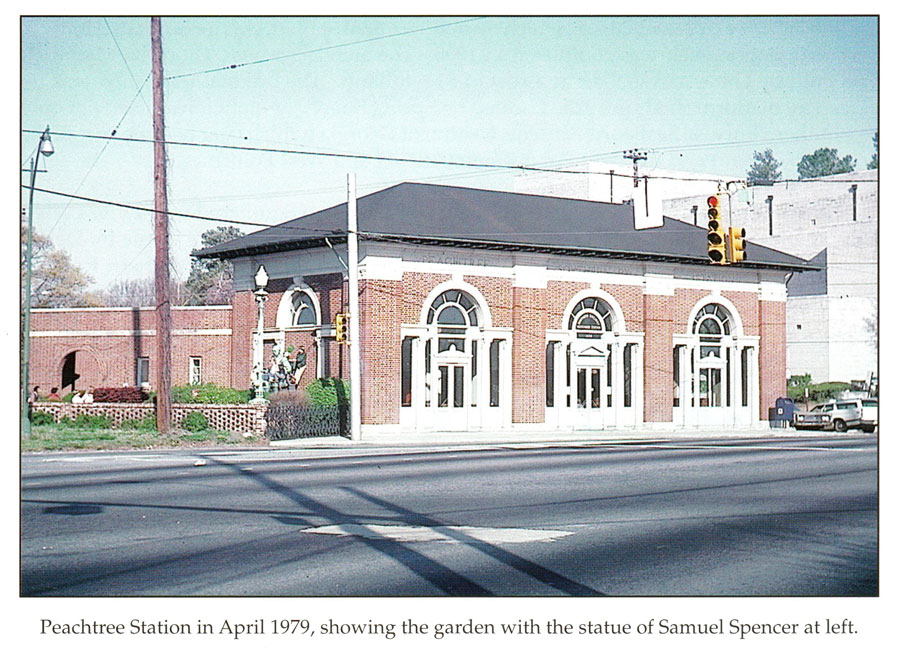
from Southern Railway Depots - Volume 2
- Ralph Ward / collection
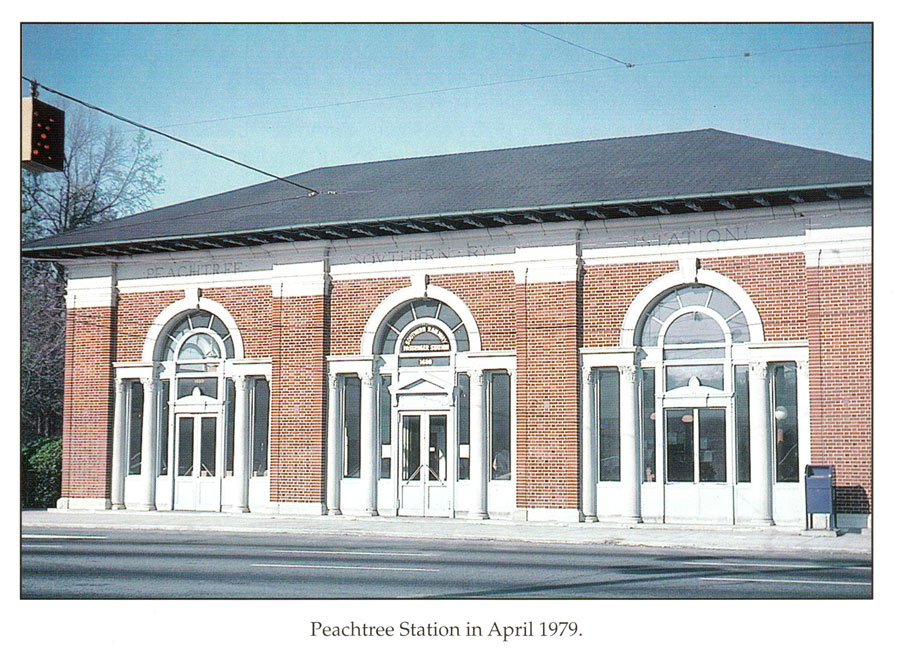
from Southern Railway Depots - Volume 2
- Ralph Ward / collection
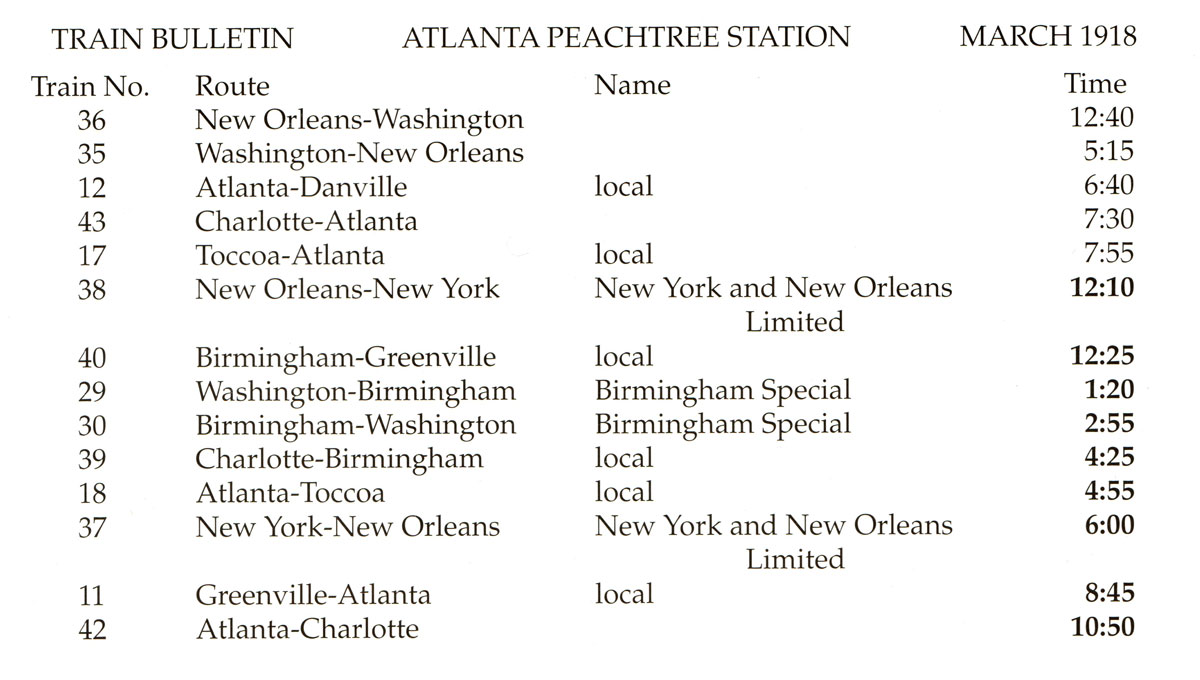
from Southern Railway Depots - Volume 2
- Ralph Ward / collection

Apr 1999 / RWH
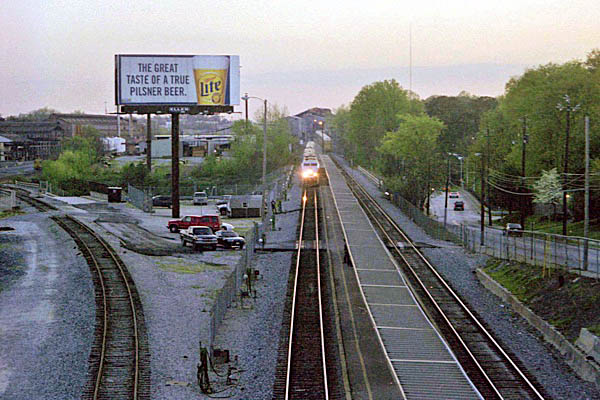
Apr 1999 / RWH

Atlanta, Ga / Apr 1999 / RWH
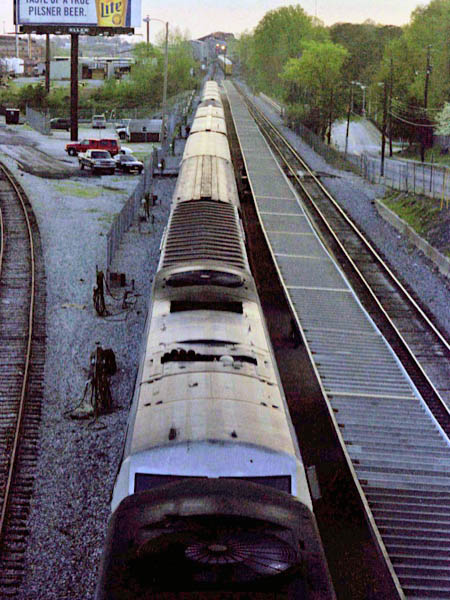
Apr 1999 / RWH
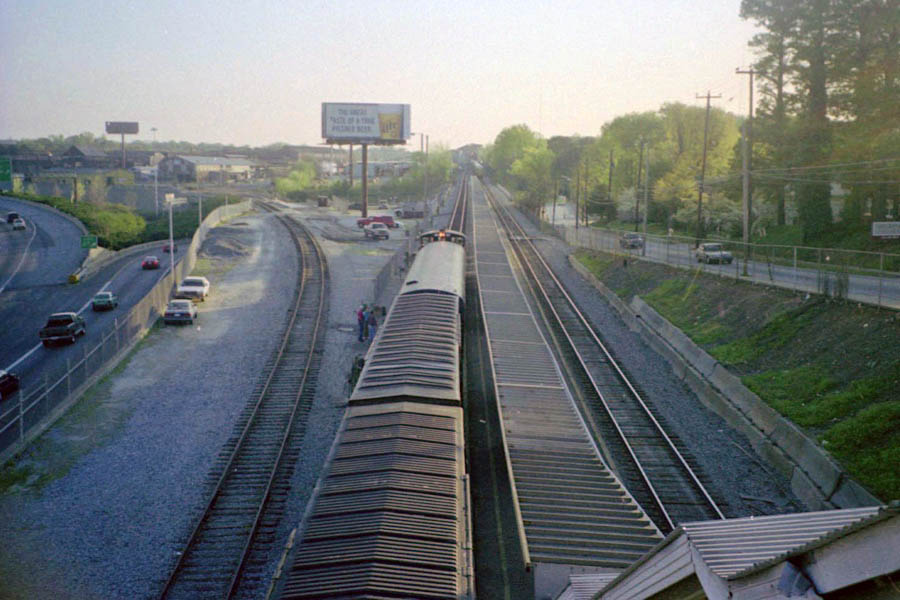
Atlanta, Ga / Apr 1999 / RWH
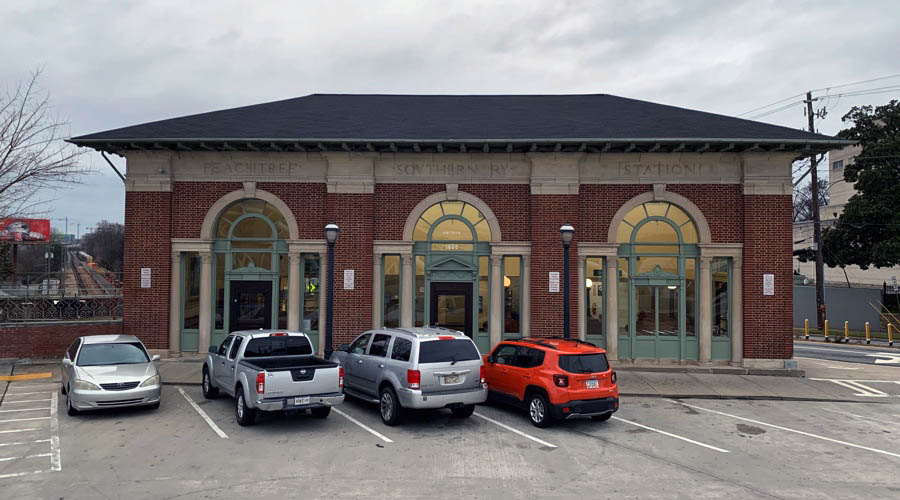
Atlanta, Ga / Dec 2019 / RWH



Dec 2019 / RWH
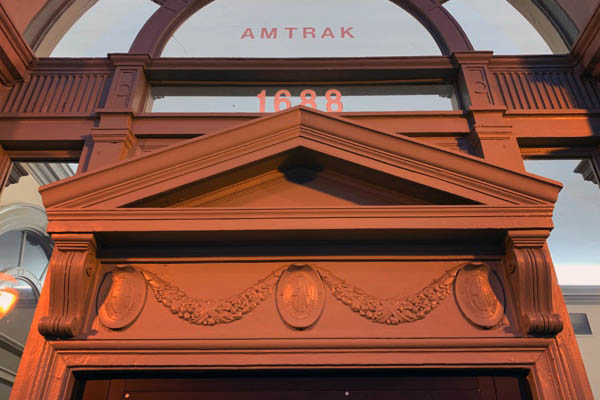
Dec 2019 / RWH
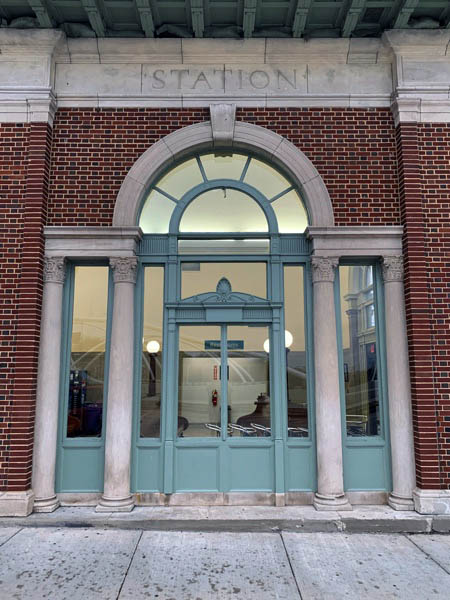
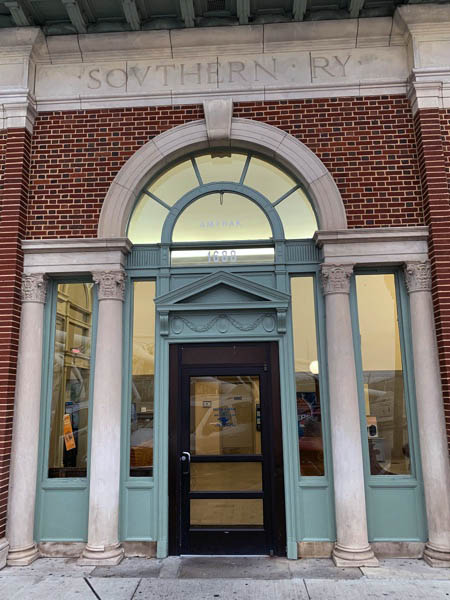
Dec 2019 / RWH
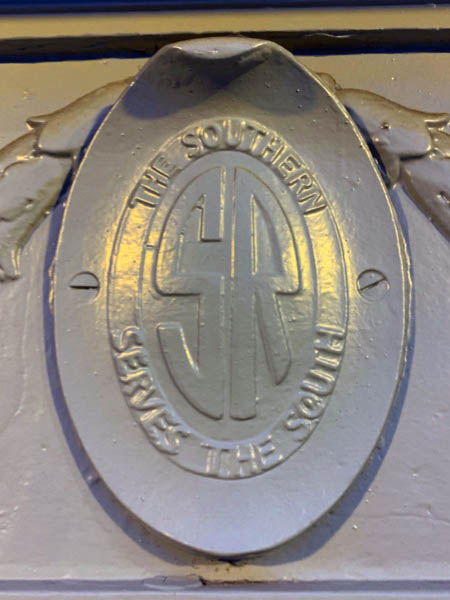
Dec 2019 / RWH
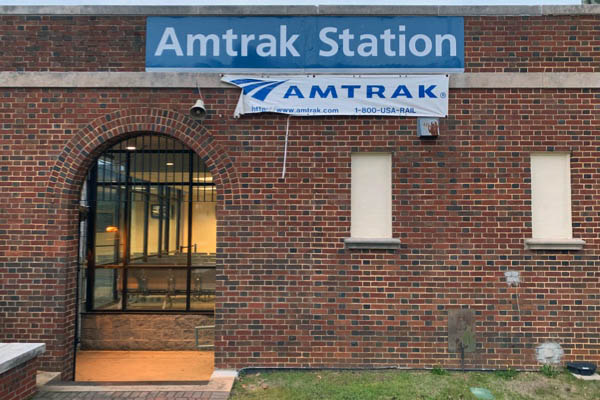
Dec 2019 / RWH
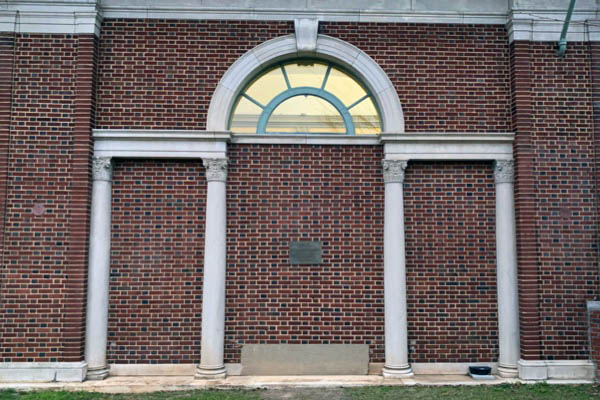
Dec 2019 / RWH
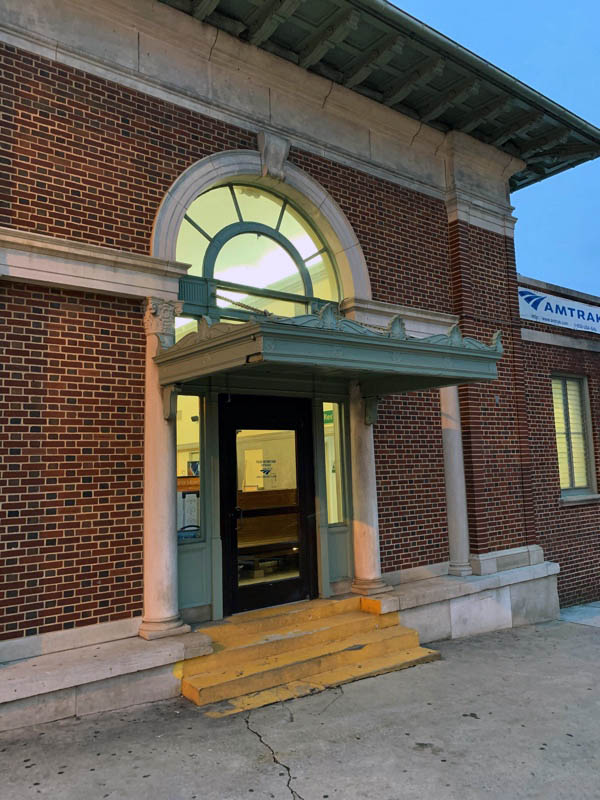
Dec 2019 / RWH
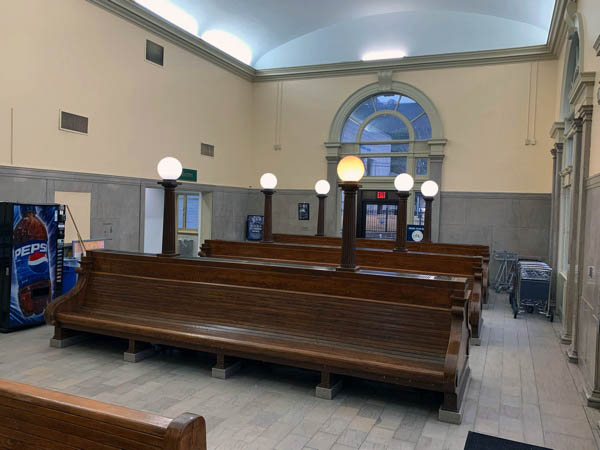
Dec 2019 / RWH
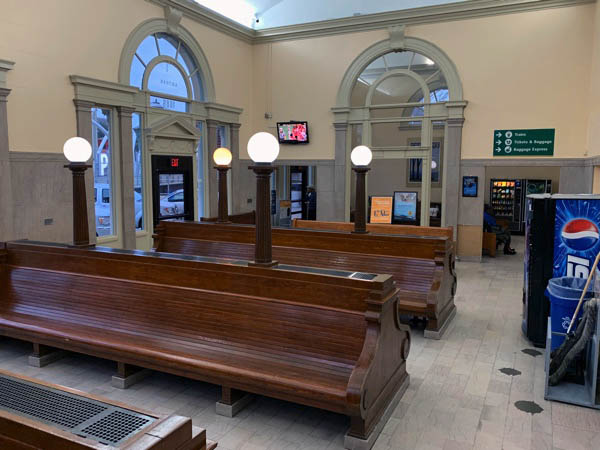
Dec 2019 / RWH
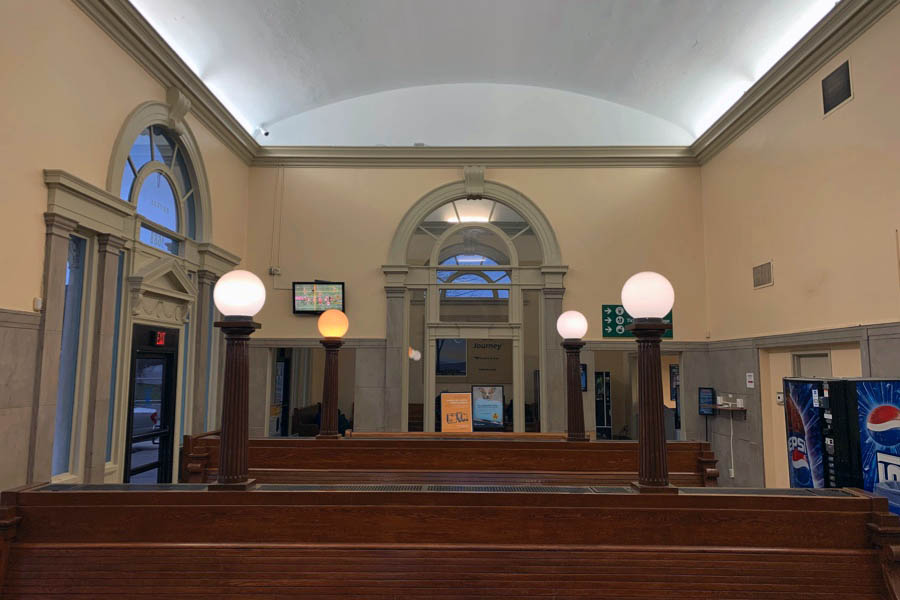
Dec 2019 / RWH
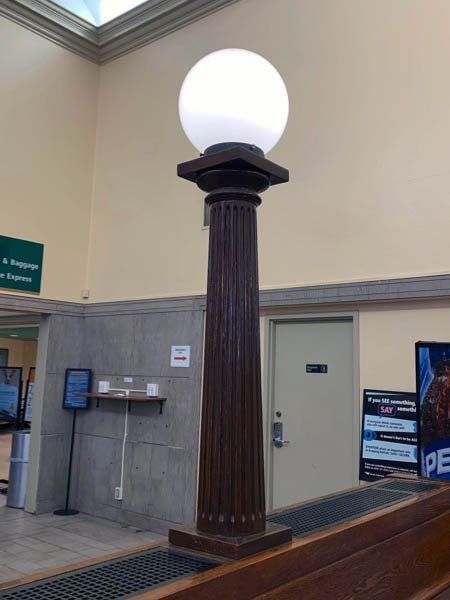
Dec 2019 / RWH

Dec 2019 / RWH

Dec 2019 / RWH

Dec 2019 / RWH
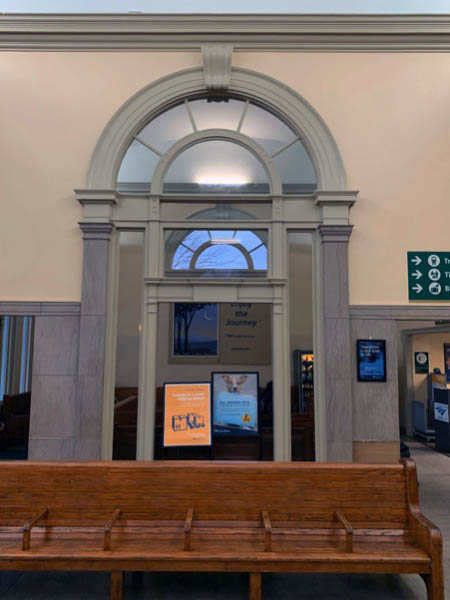
Dec 2019 / RWH
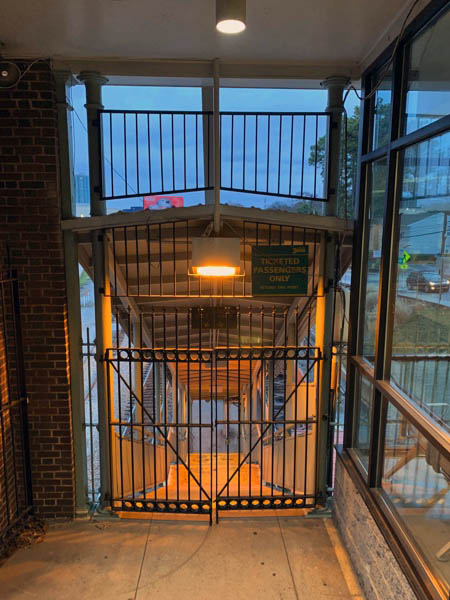
Dec 2019 / RWH
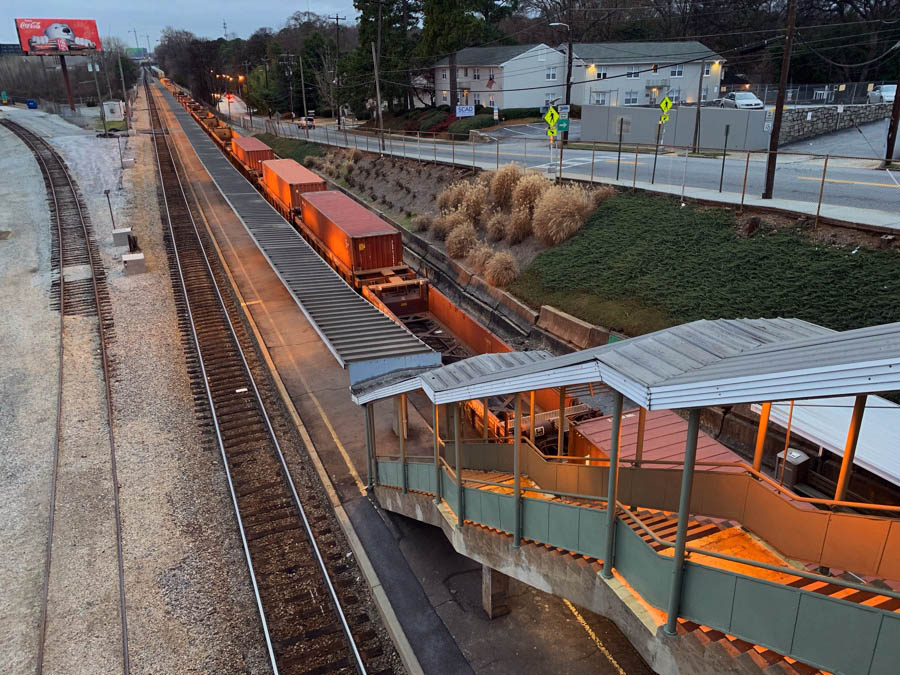
Dec 2019 / RWH
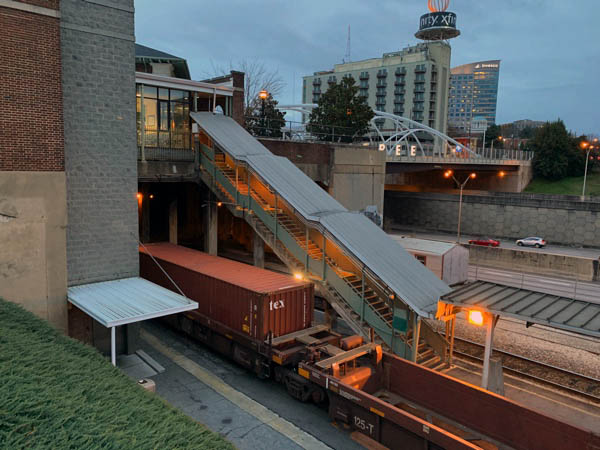
Dec 2019 / RWH
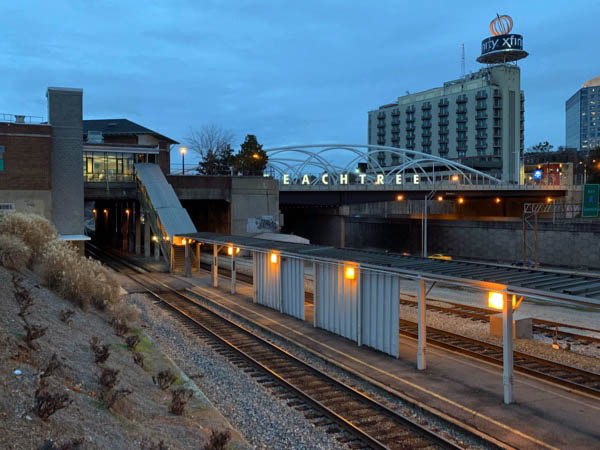
Dec 2019 / RWH
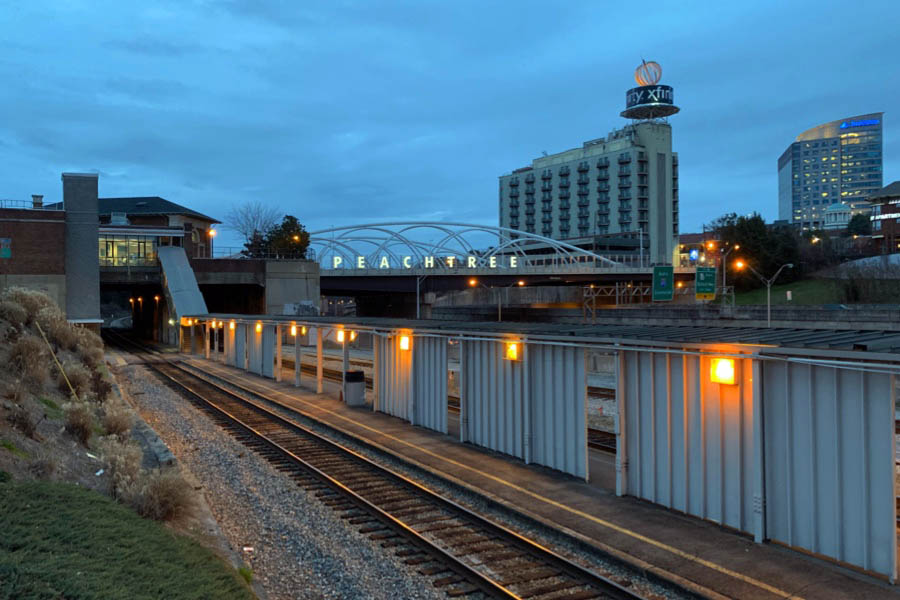
Dec 2019 / RWH
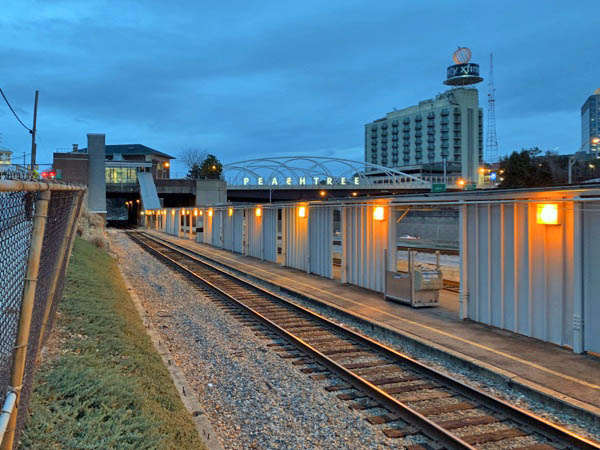
Dec 2019 / RWH
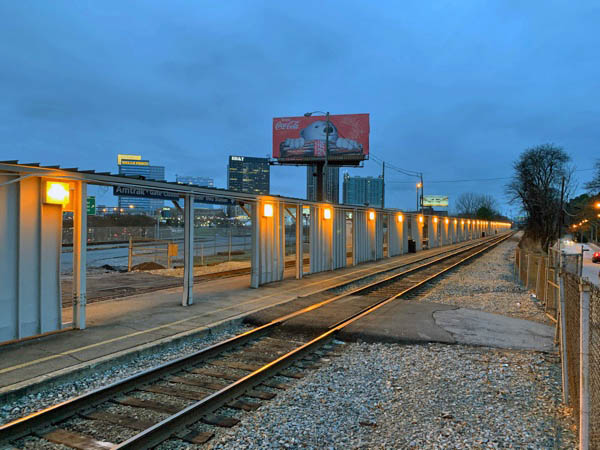
Dec 2019 / RWH
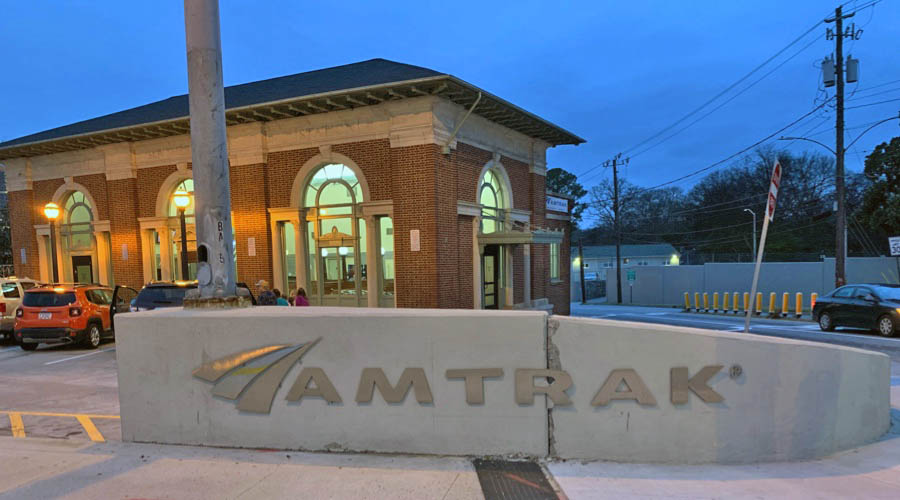
Dec 2019 / RWH

Dec 2019 / RWH

Dec 2019 / RWH
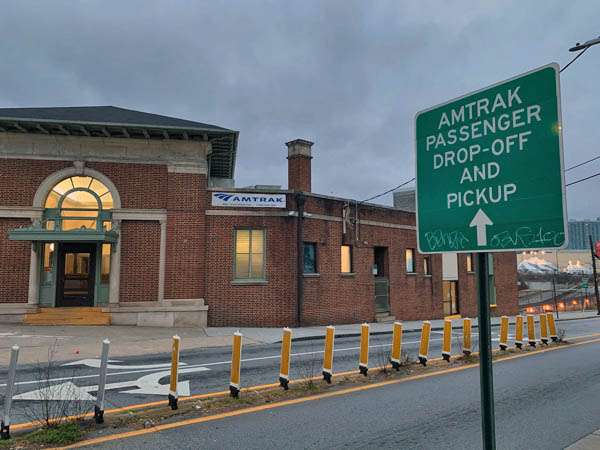
Dec 2019 / RWH

Atlanta, Ga / Dec 2019 / RWH

Dec 2019 / RWH


Atlanta, Ga / Dec 2019 / RWH
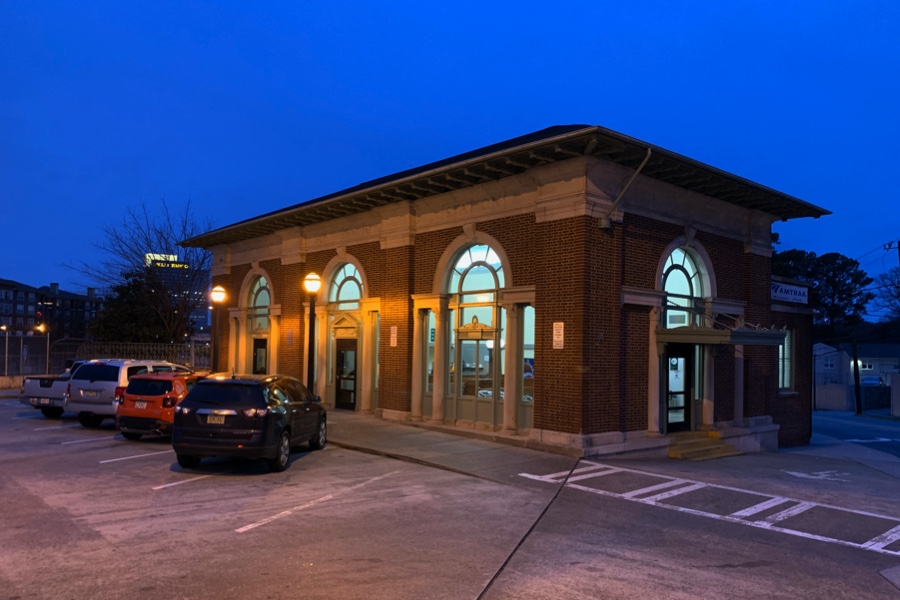
Atlanta, Ga / Dec 2019 / RWH

Mar 2021 / RWH

Atlanta, Ga / Mar 2021 / RWH
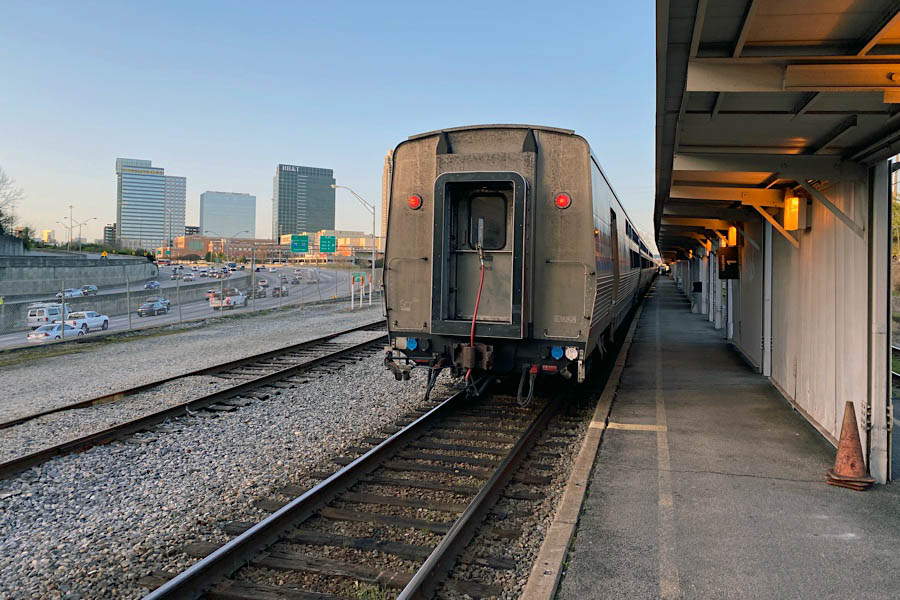
Atlanta, Ga / Mar 2021 / RWH

Mar 2021 / RWH
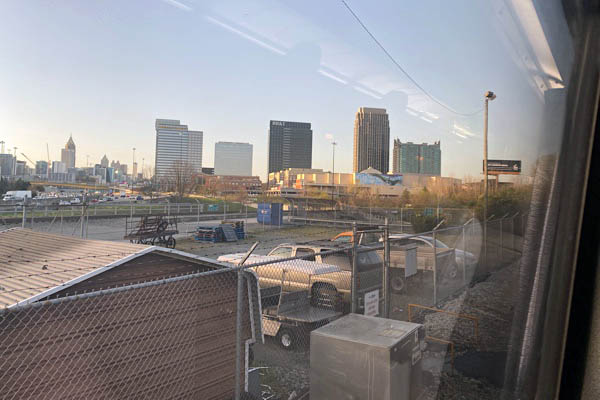
Mar 2021 / RWH

See next our Crescent Southern States scrapbook here Mainlines





